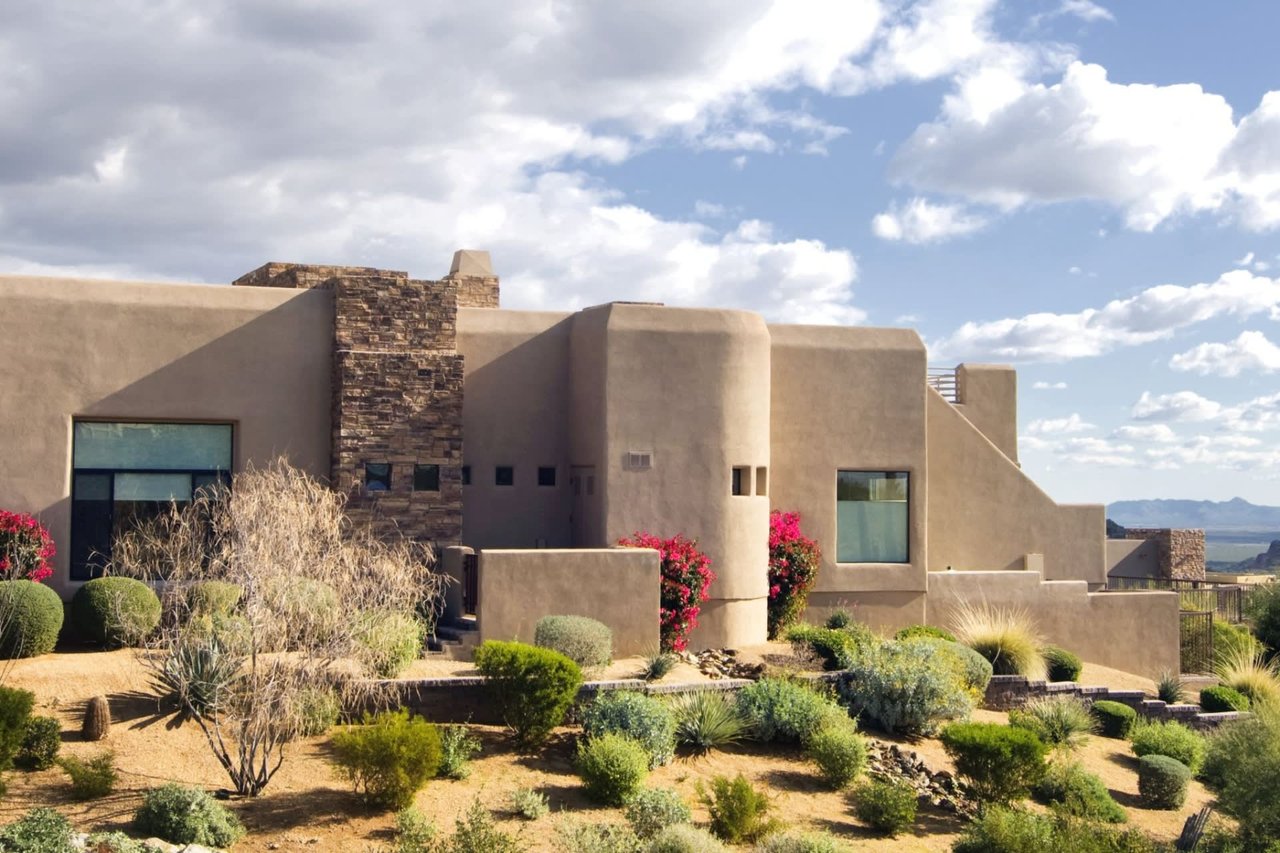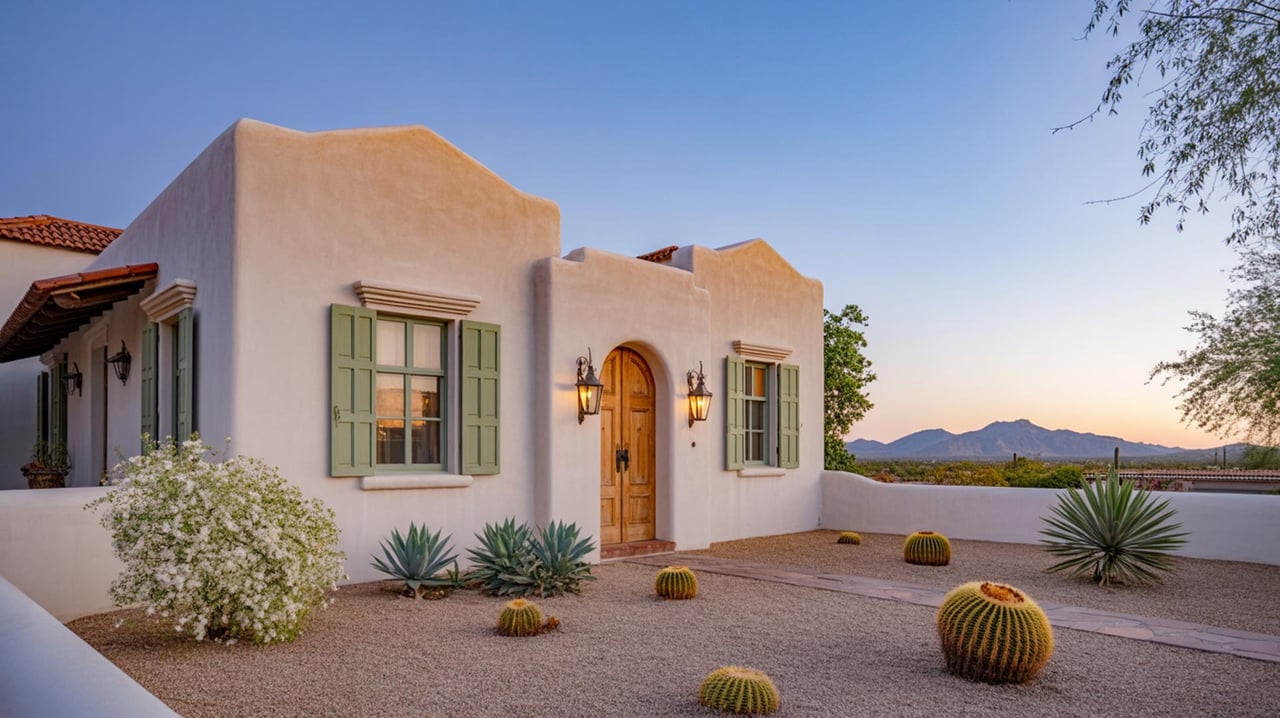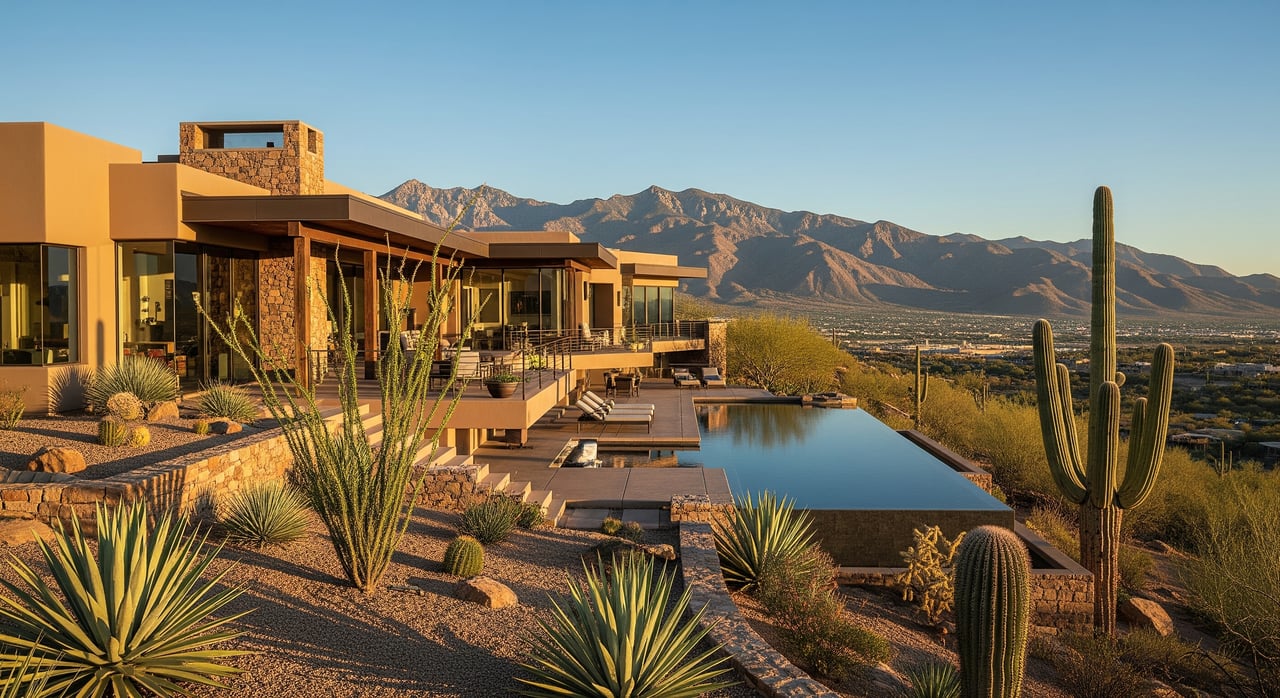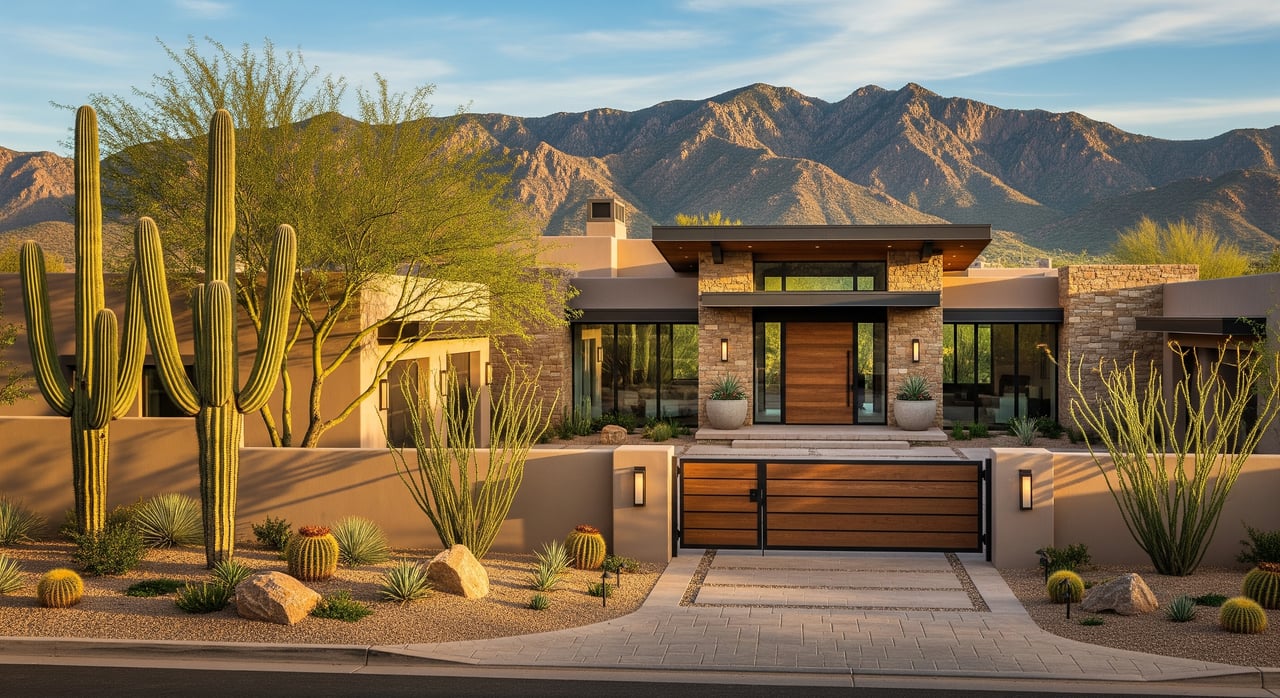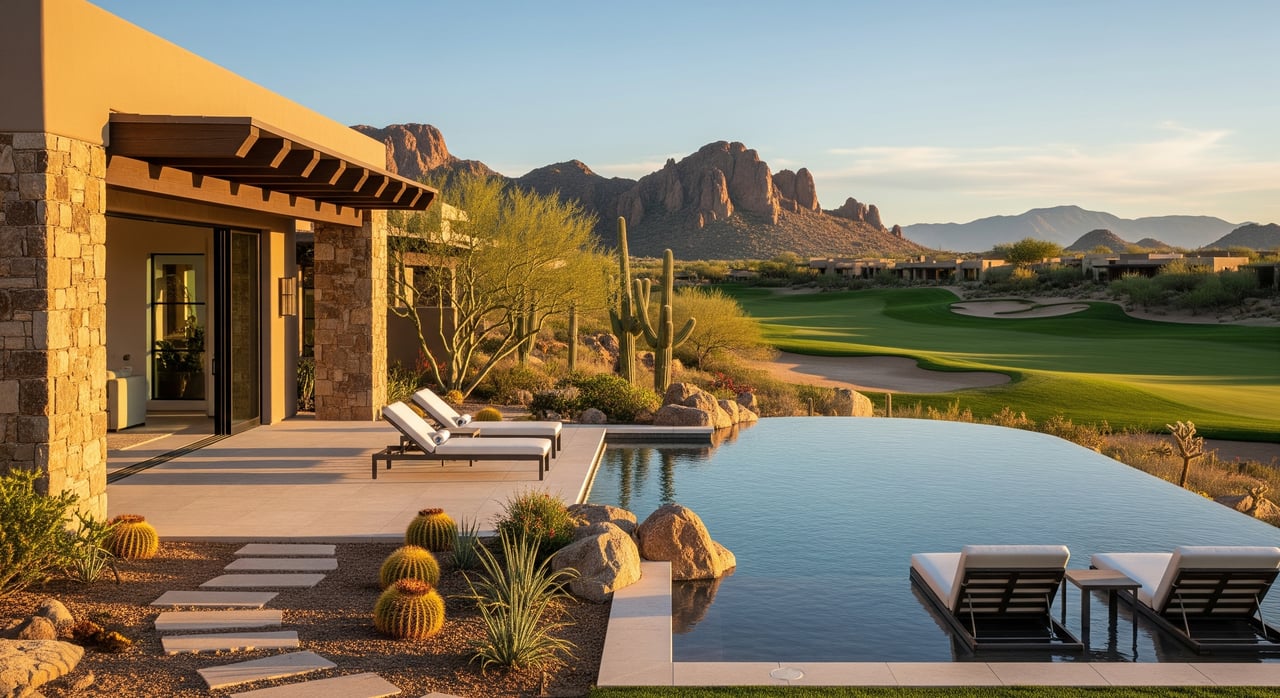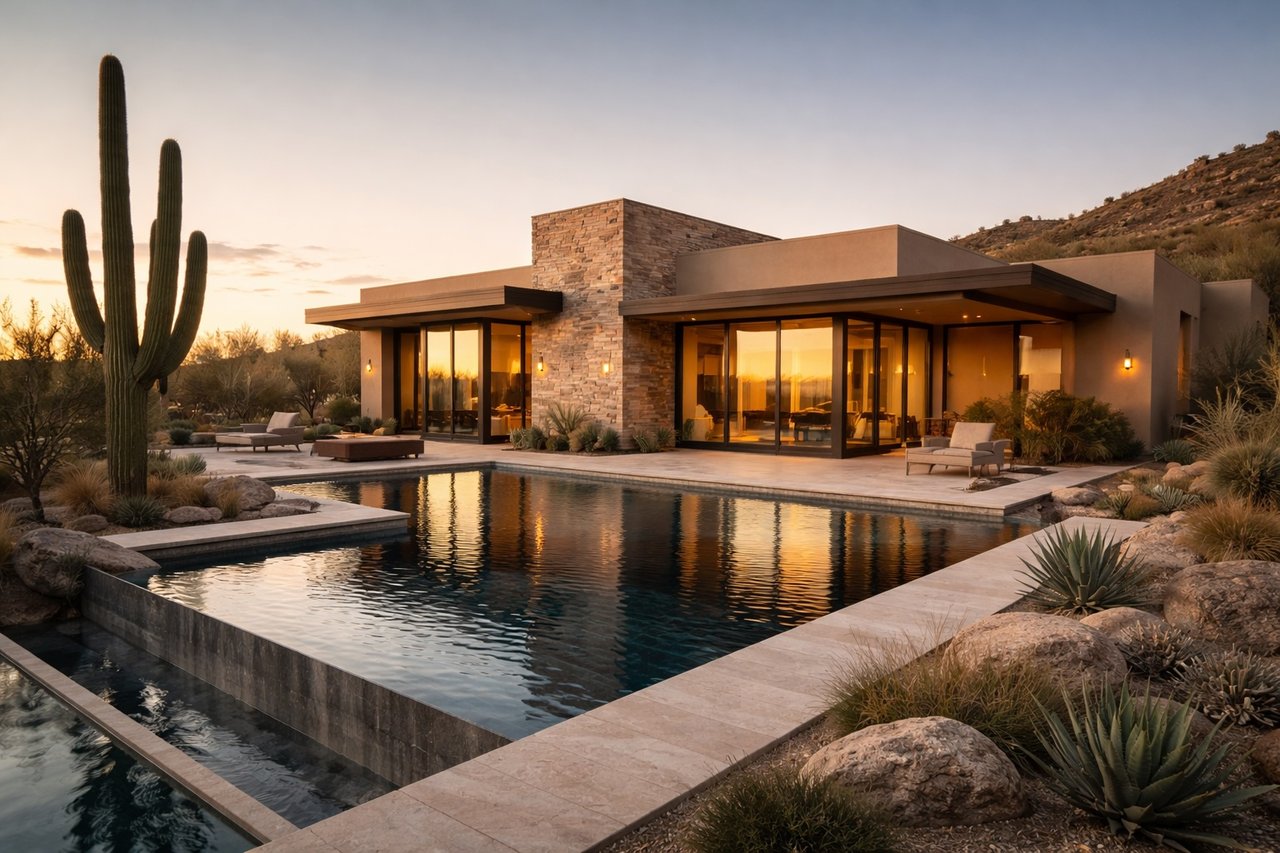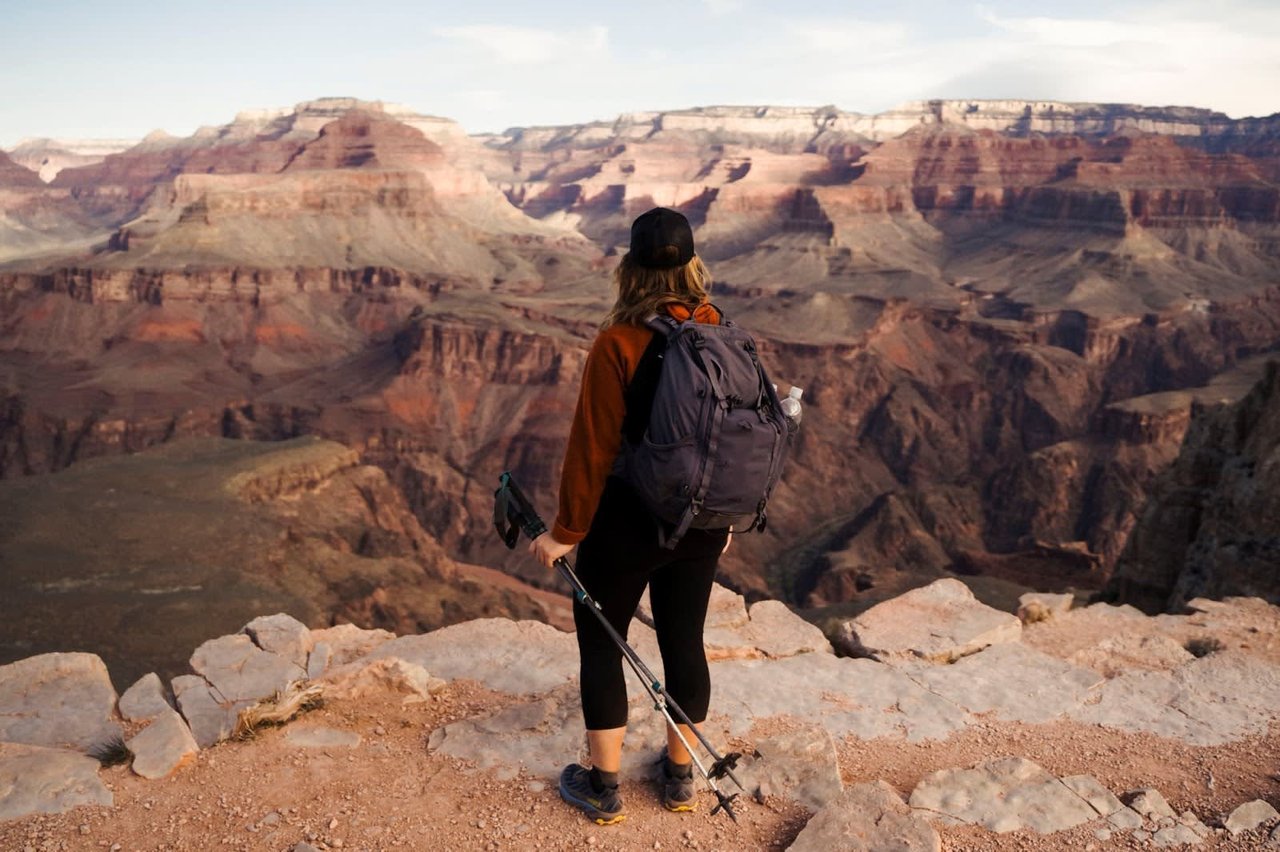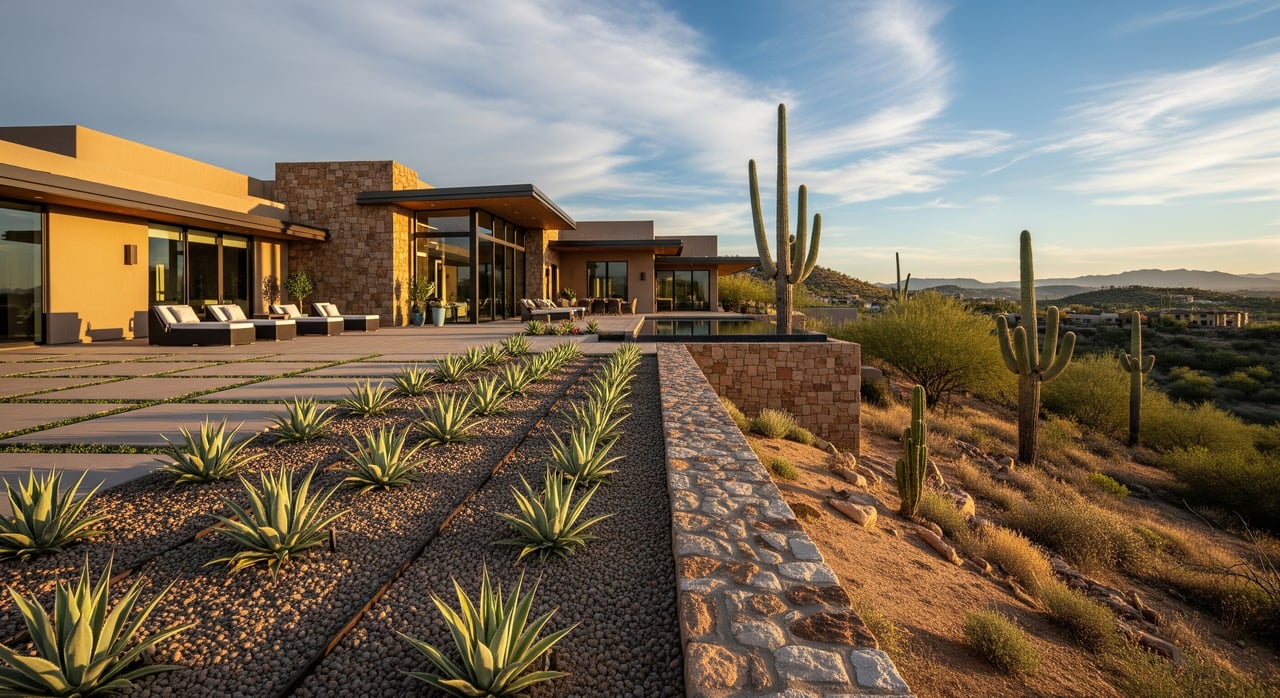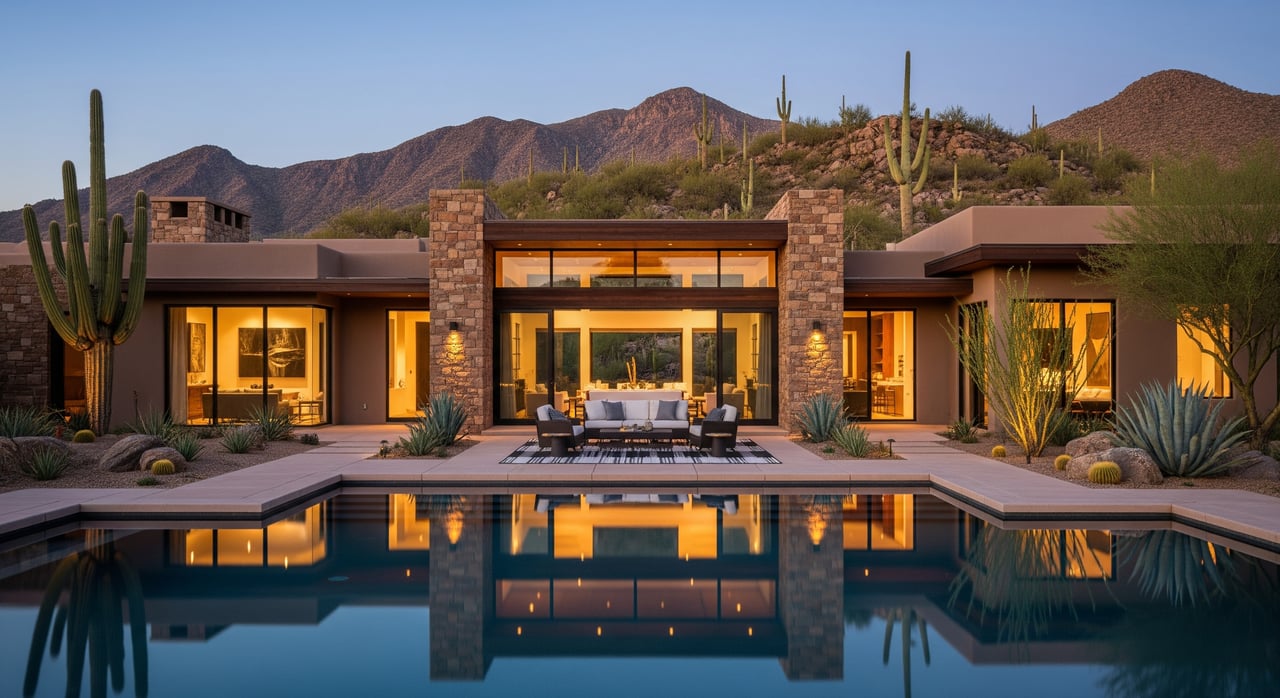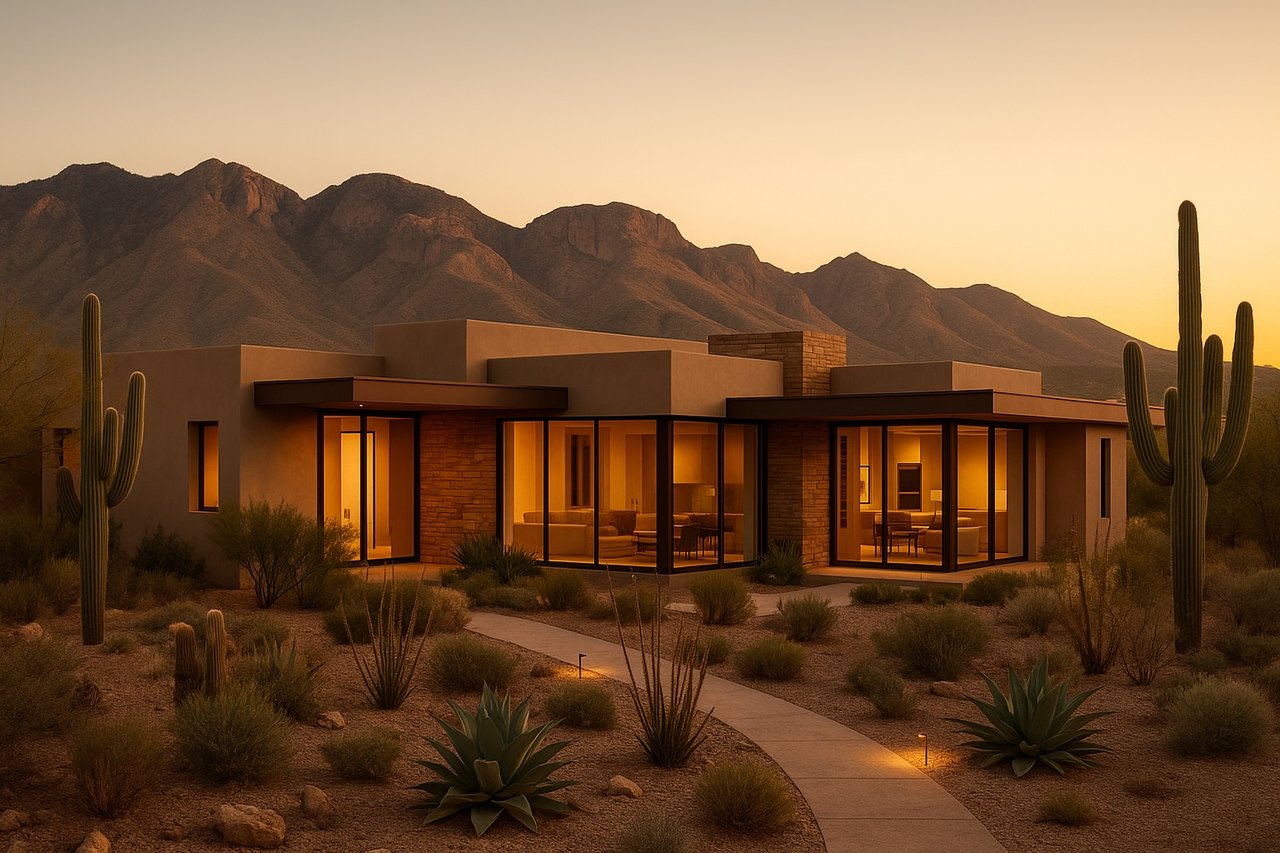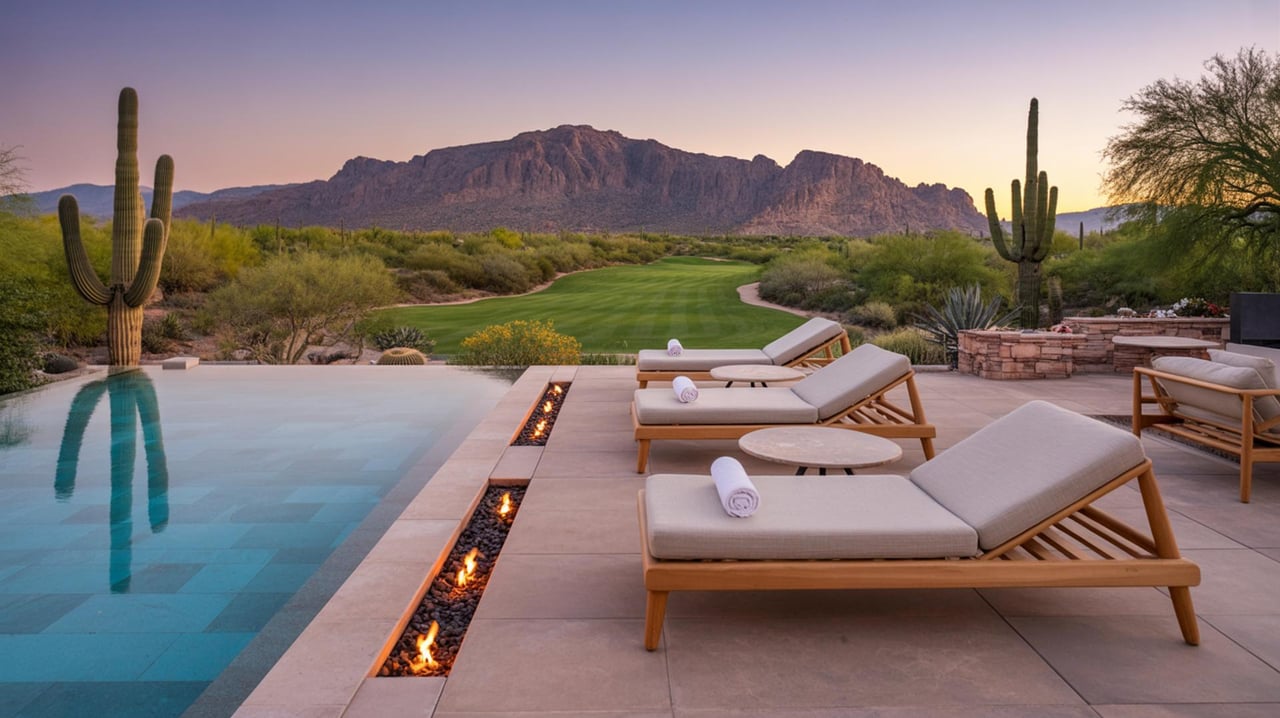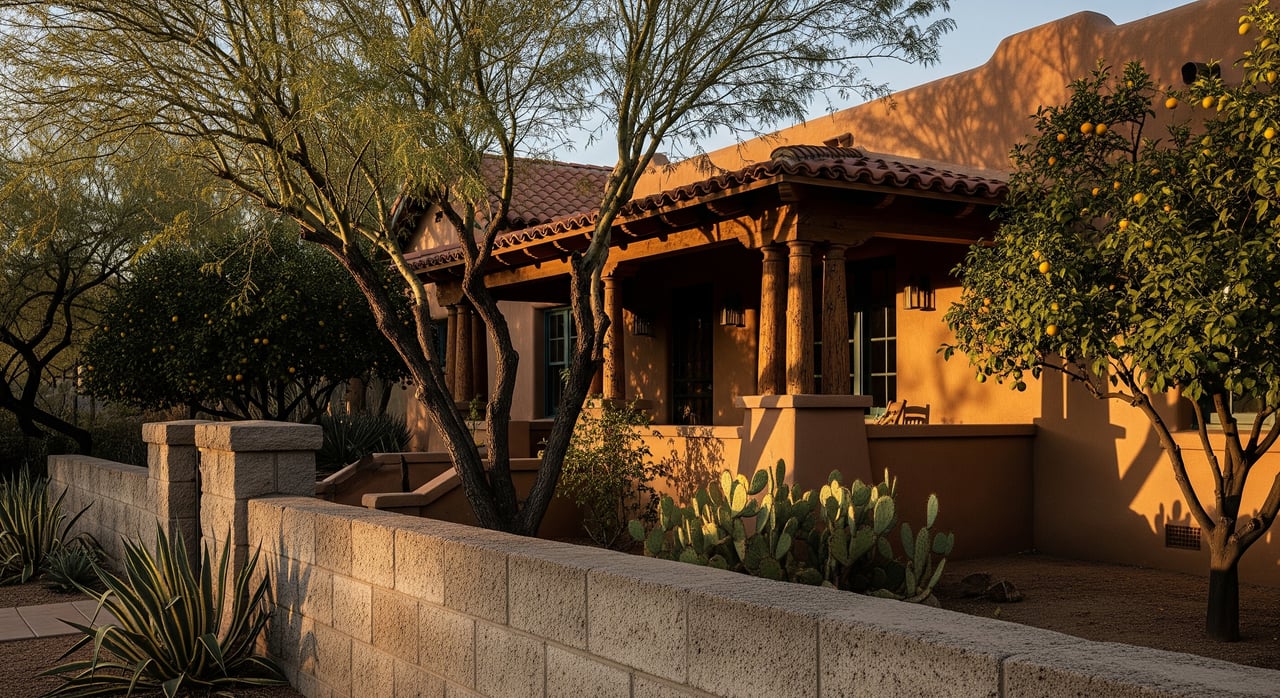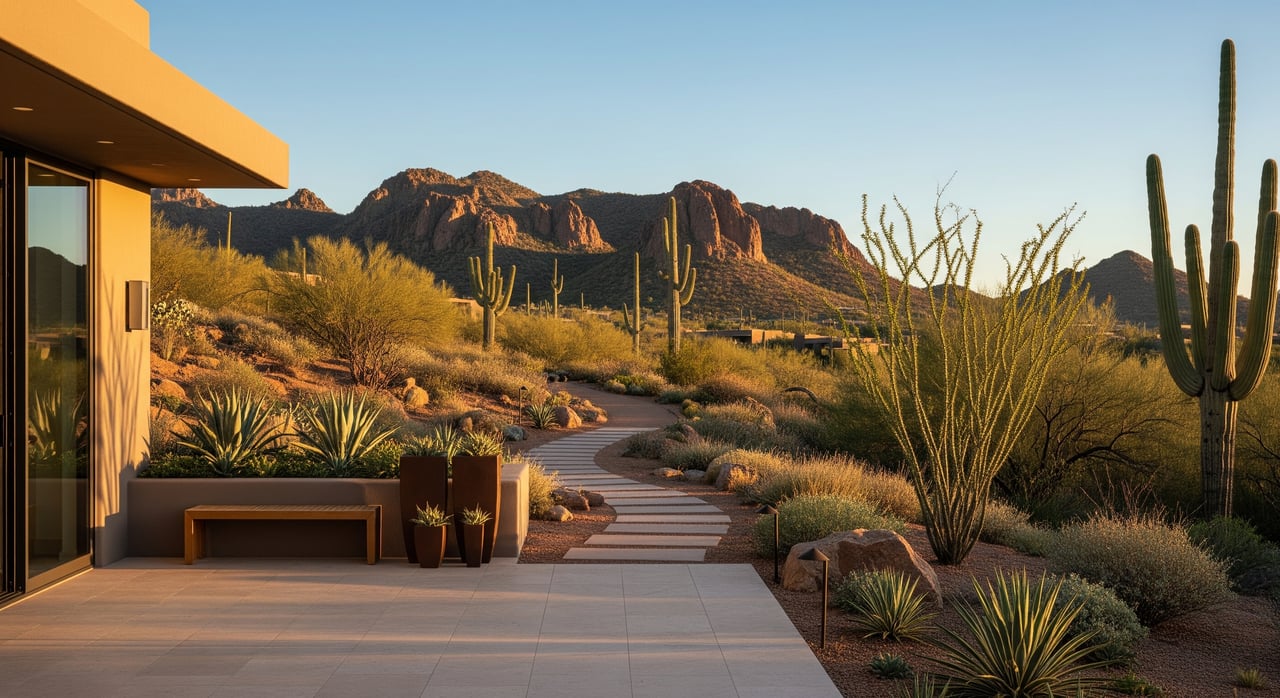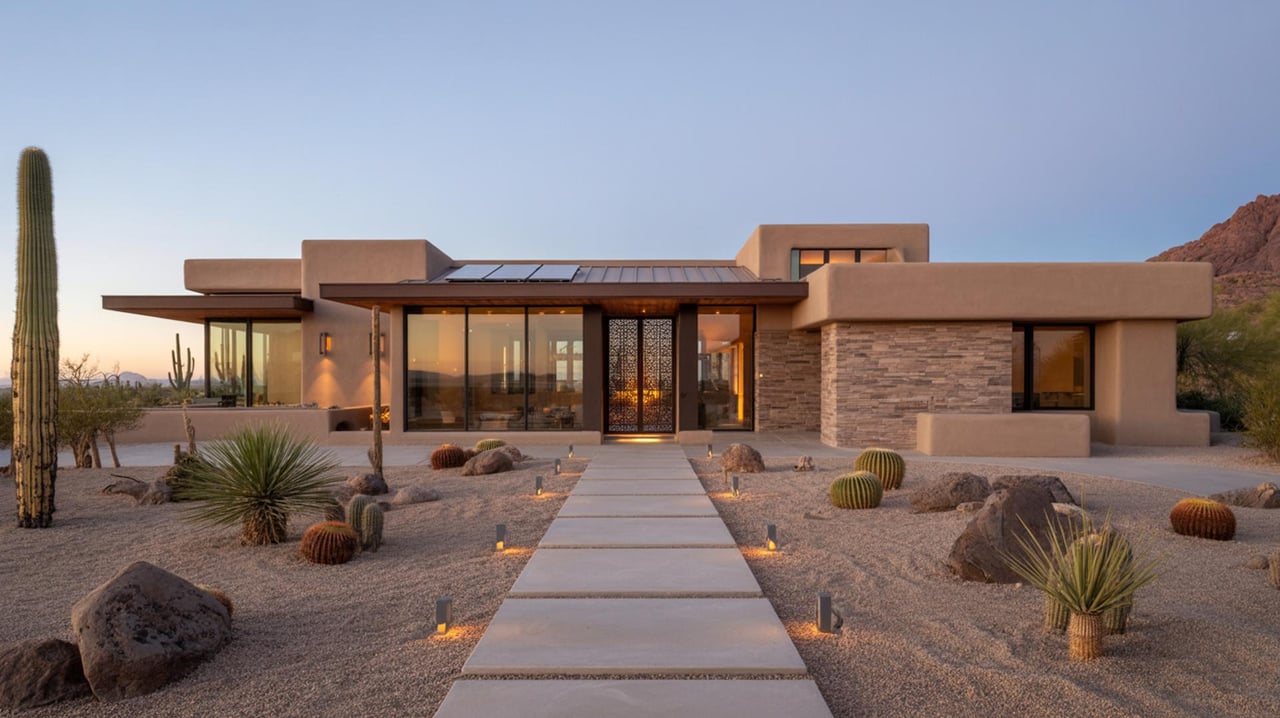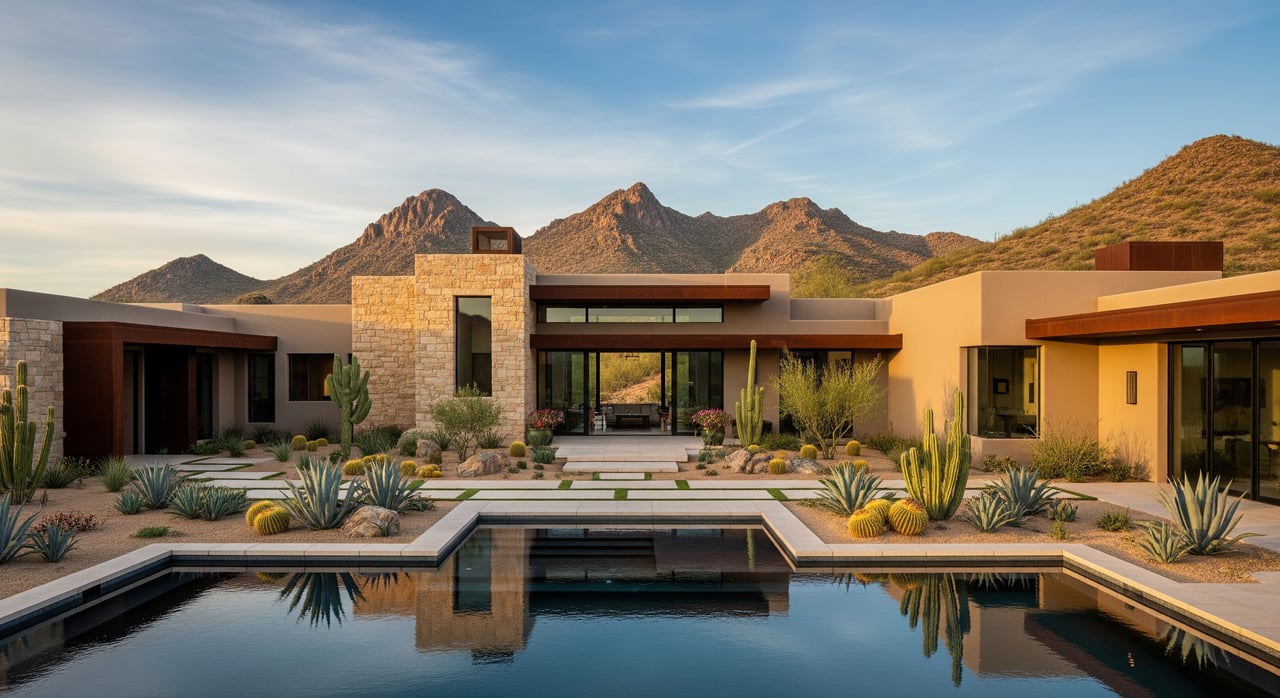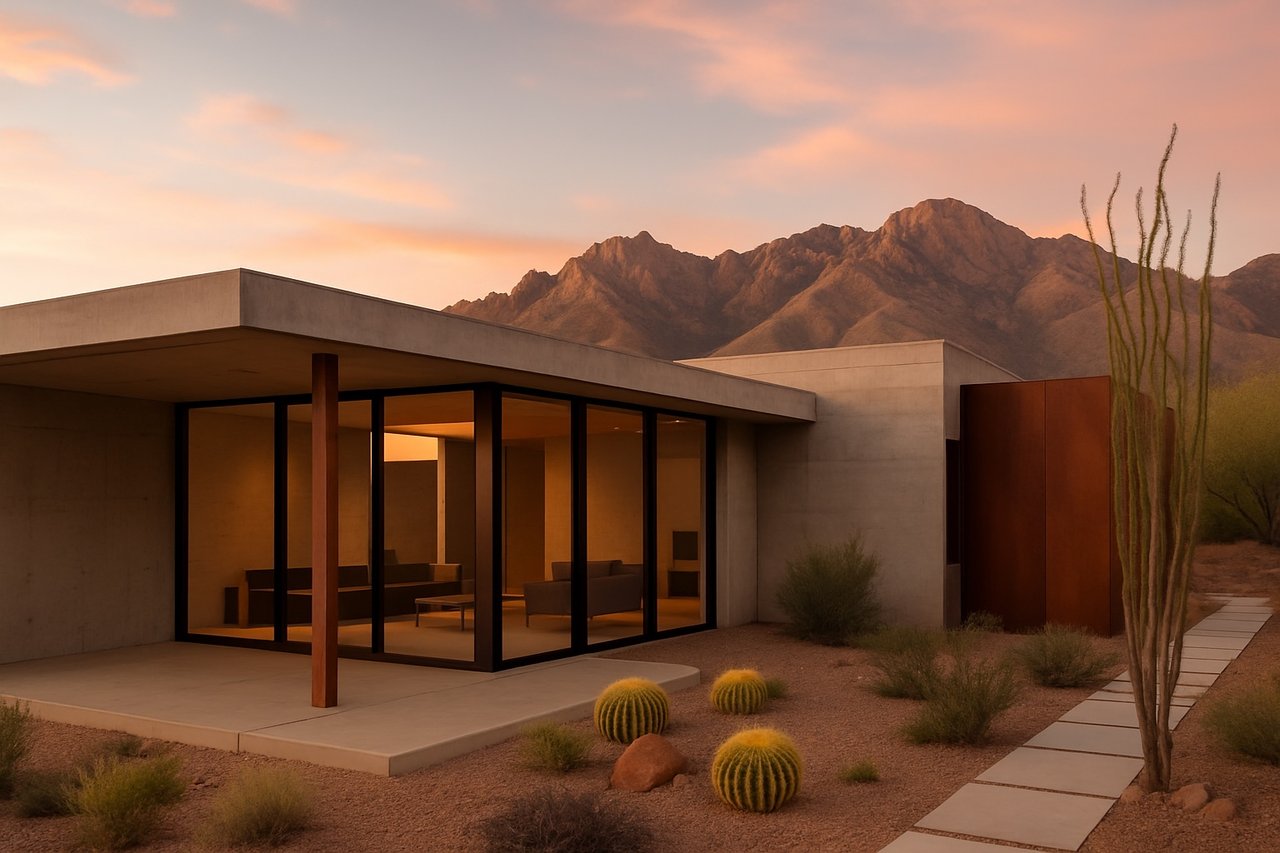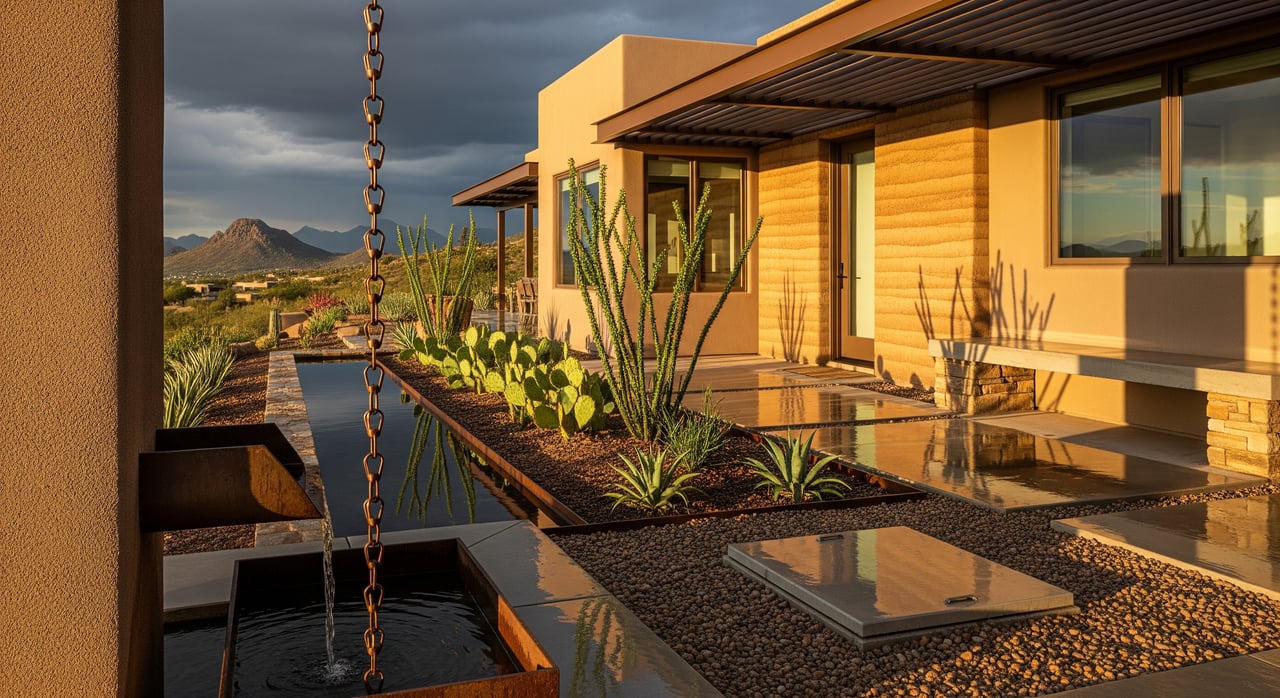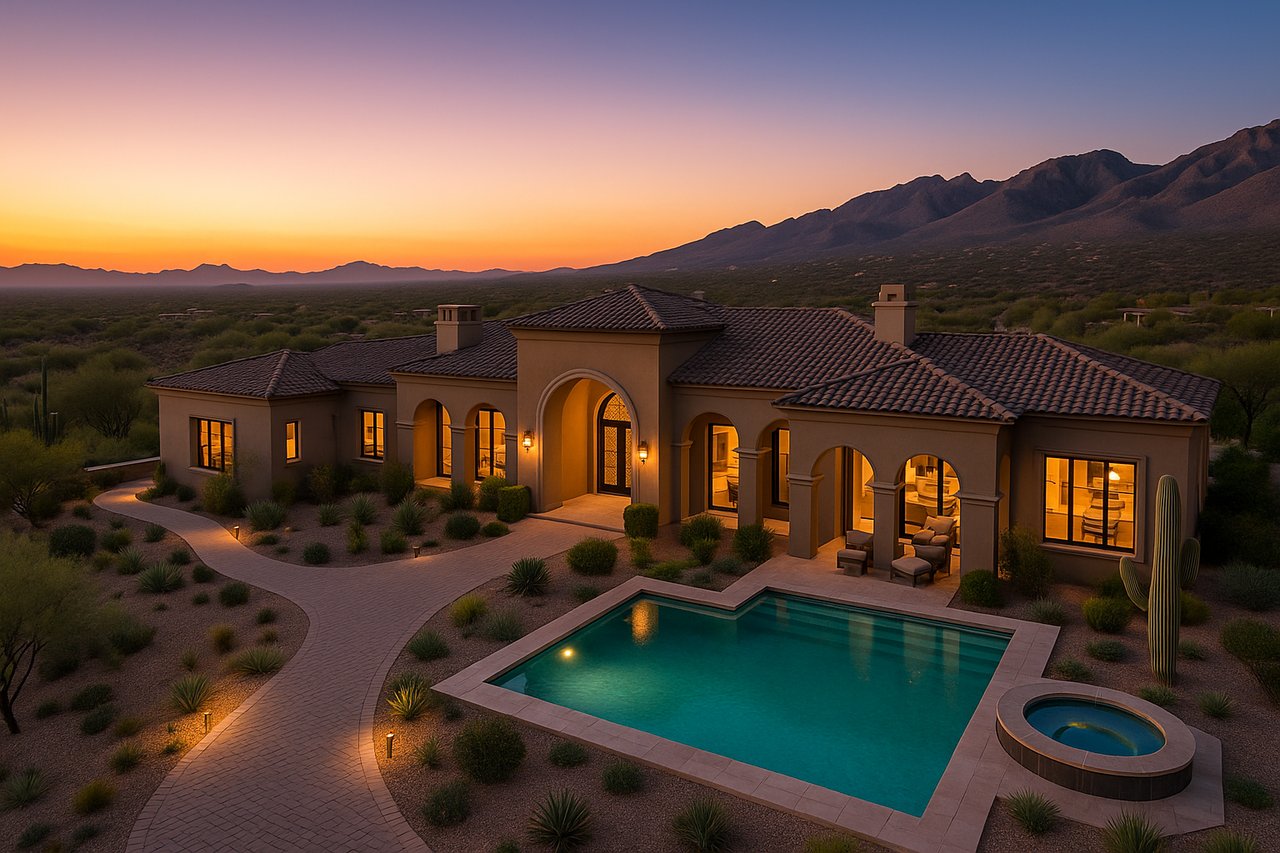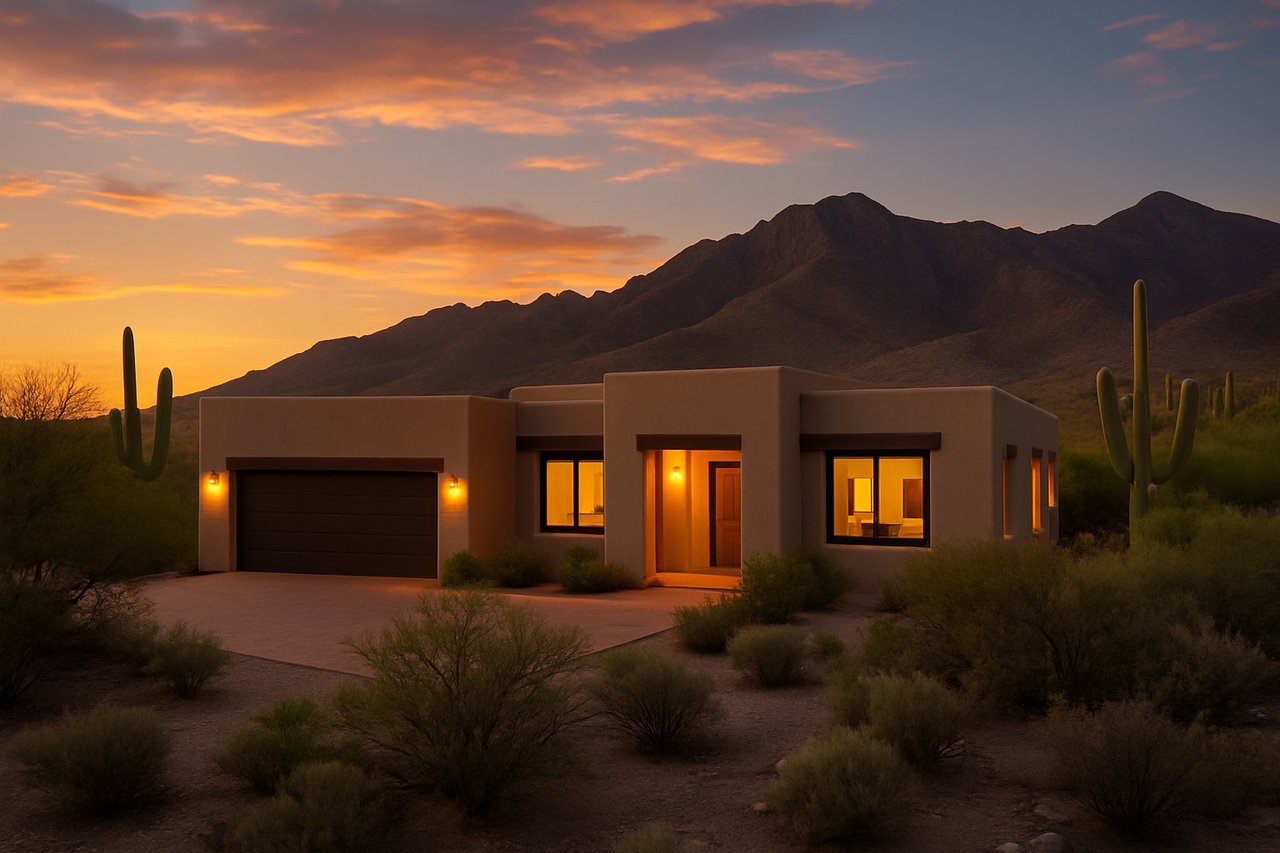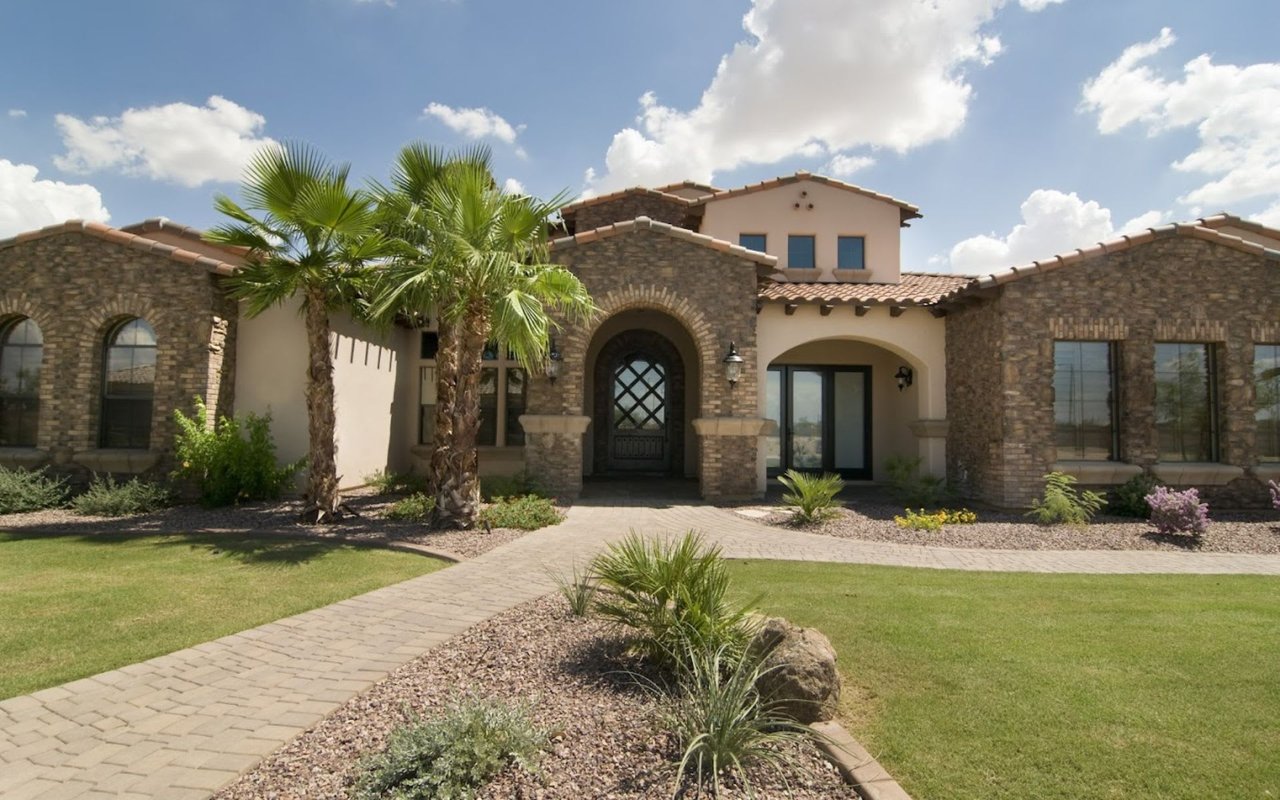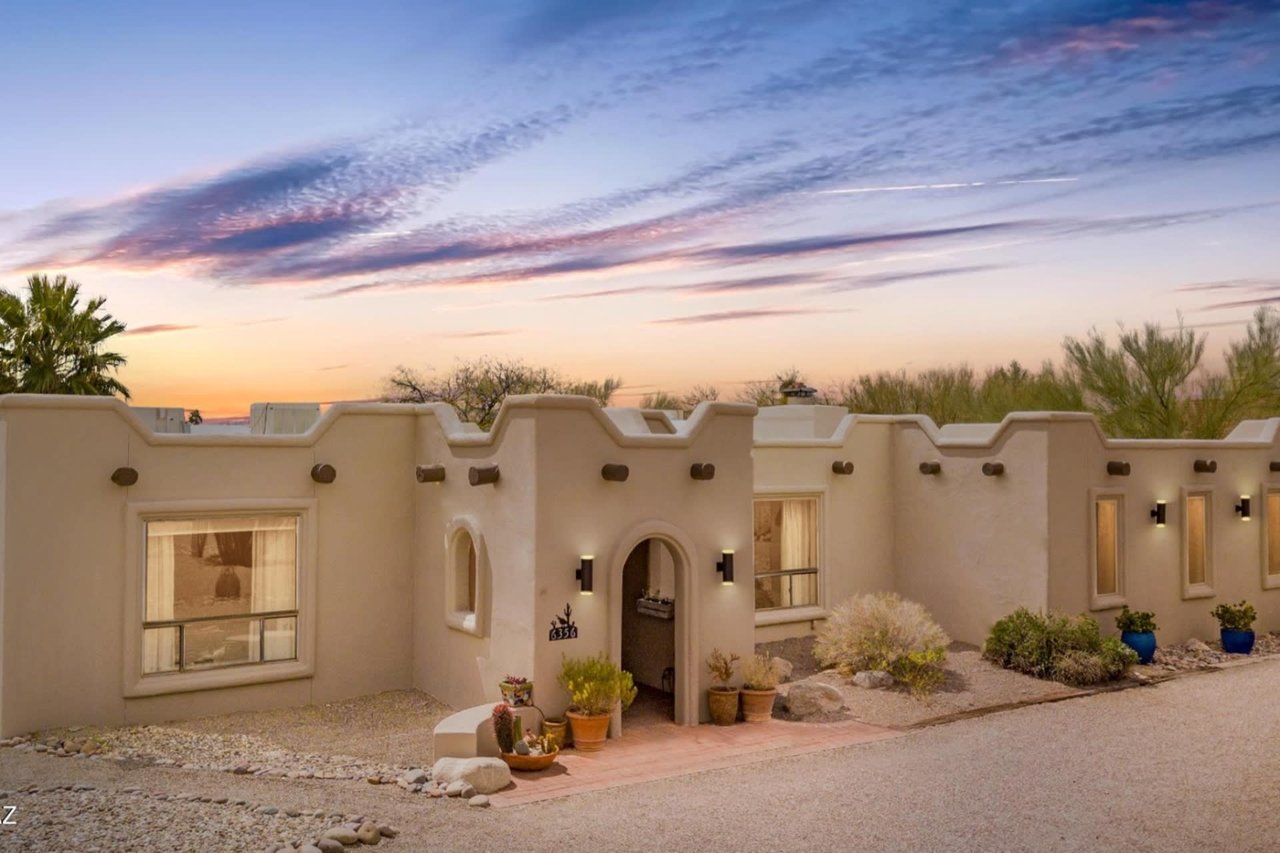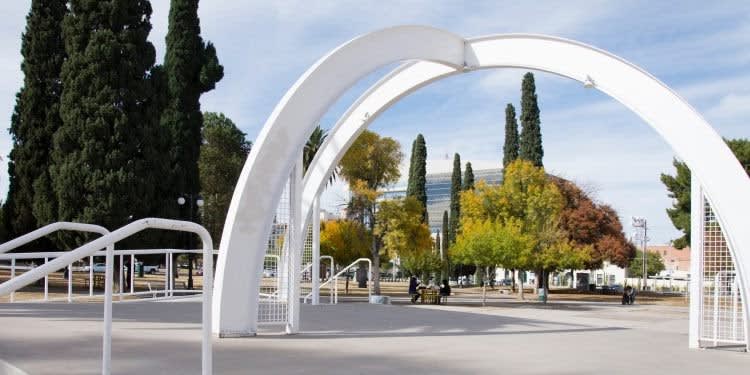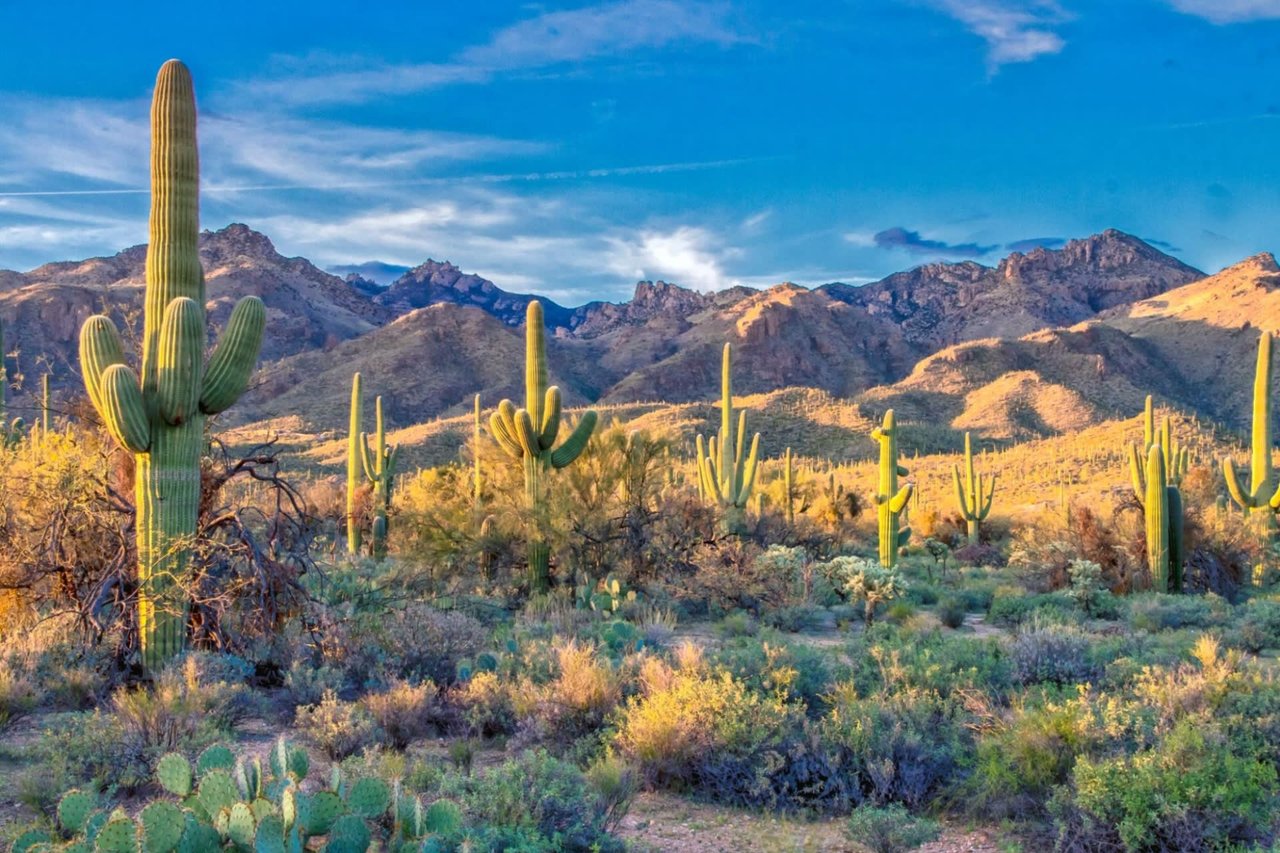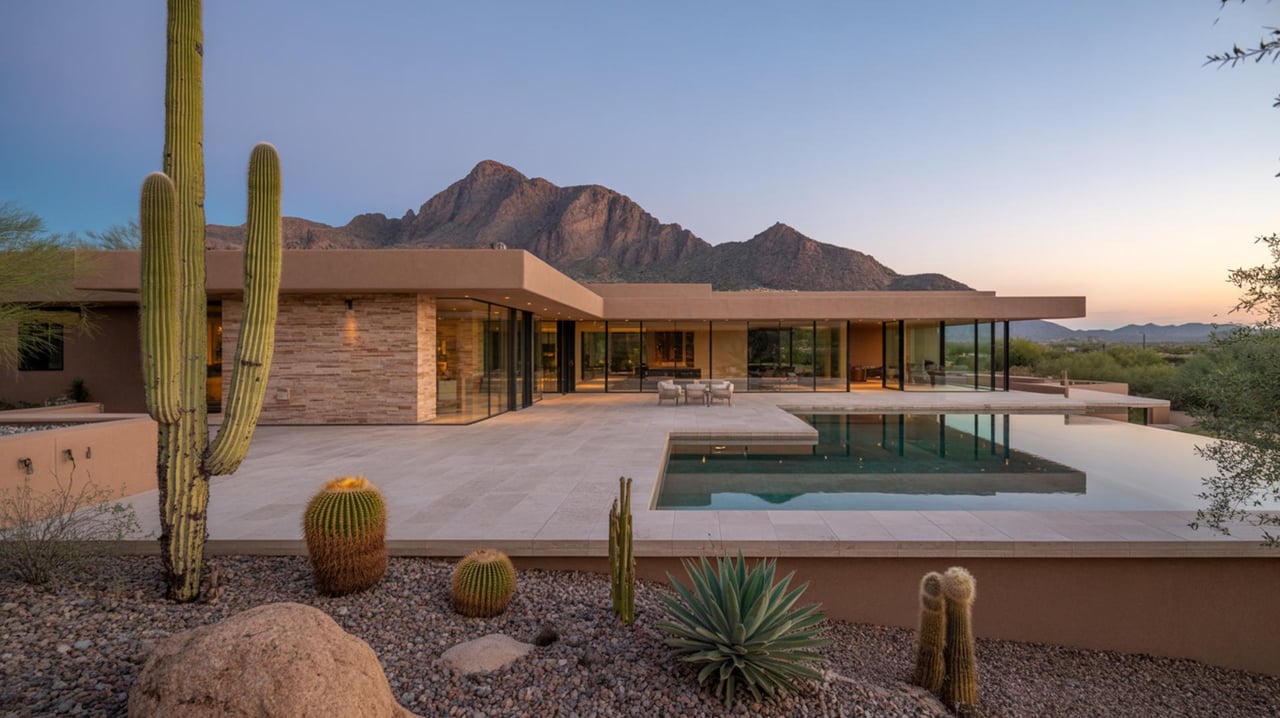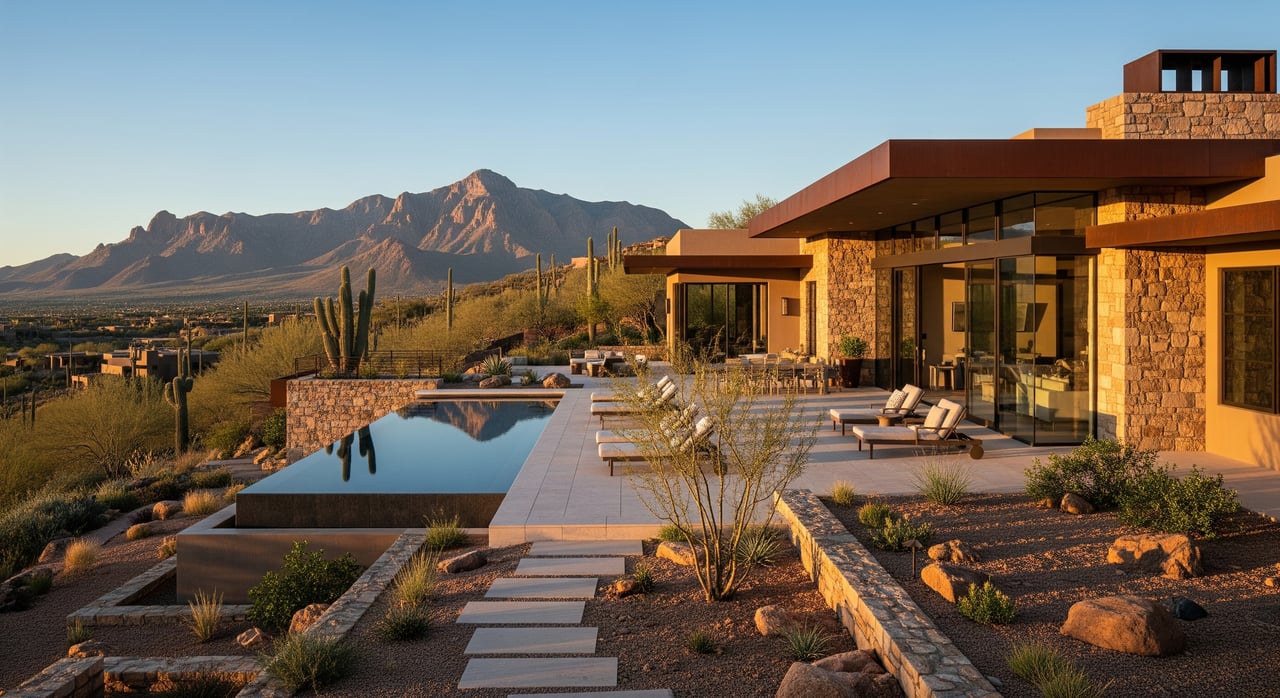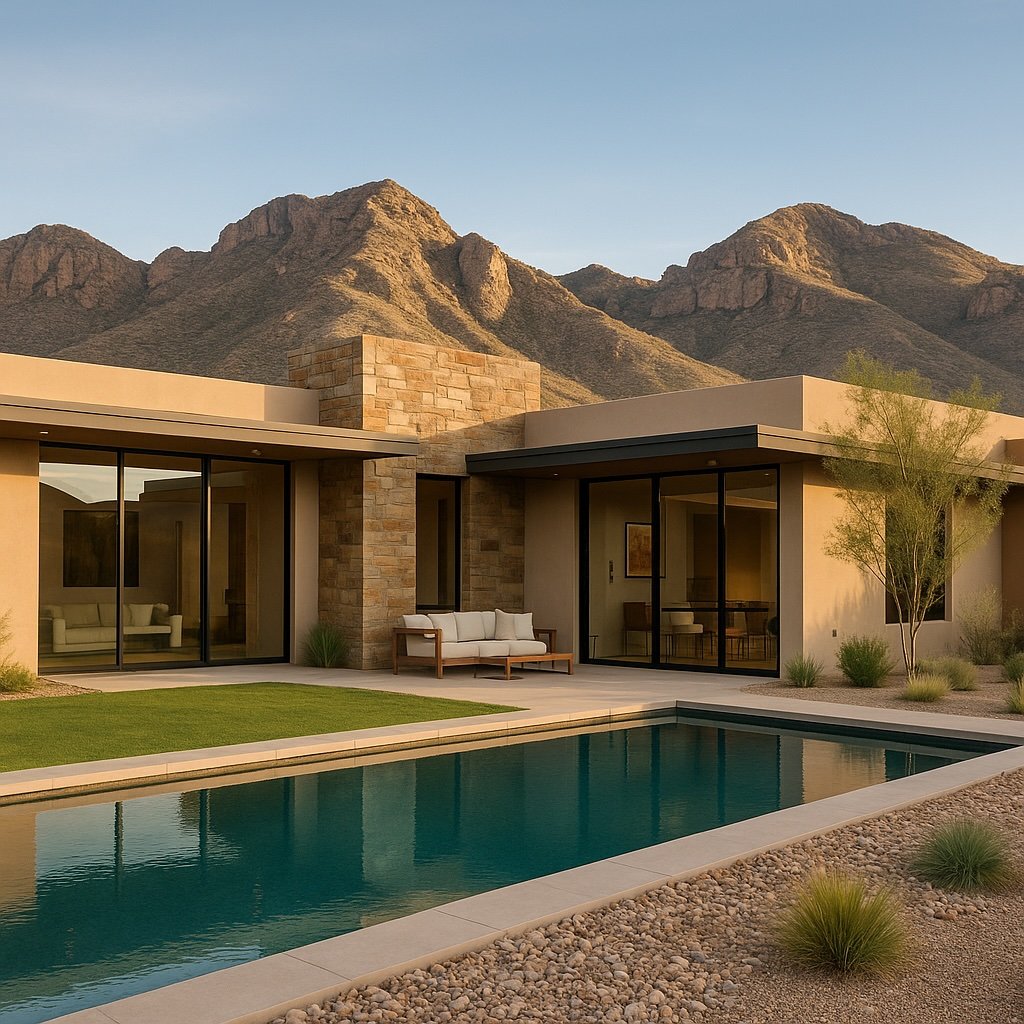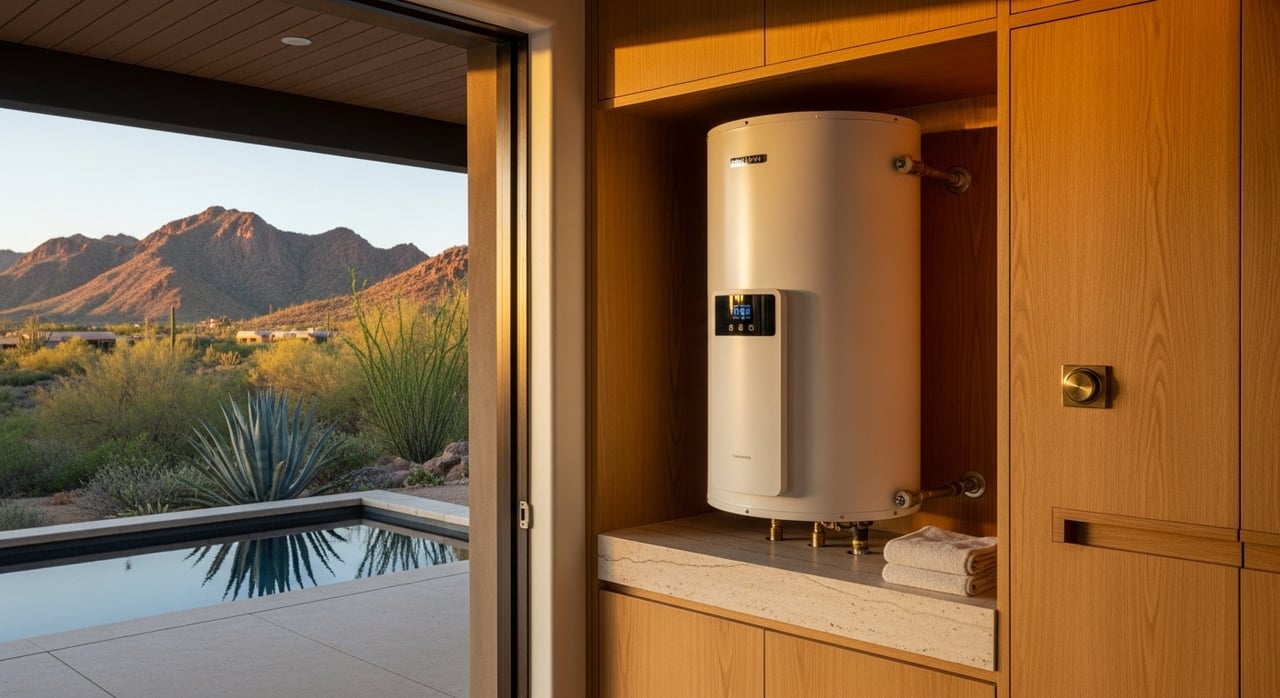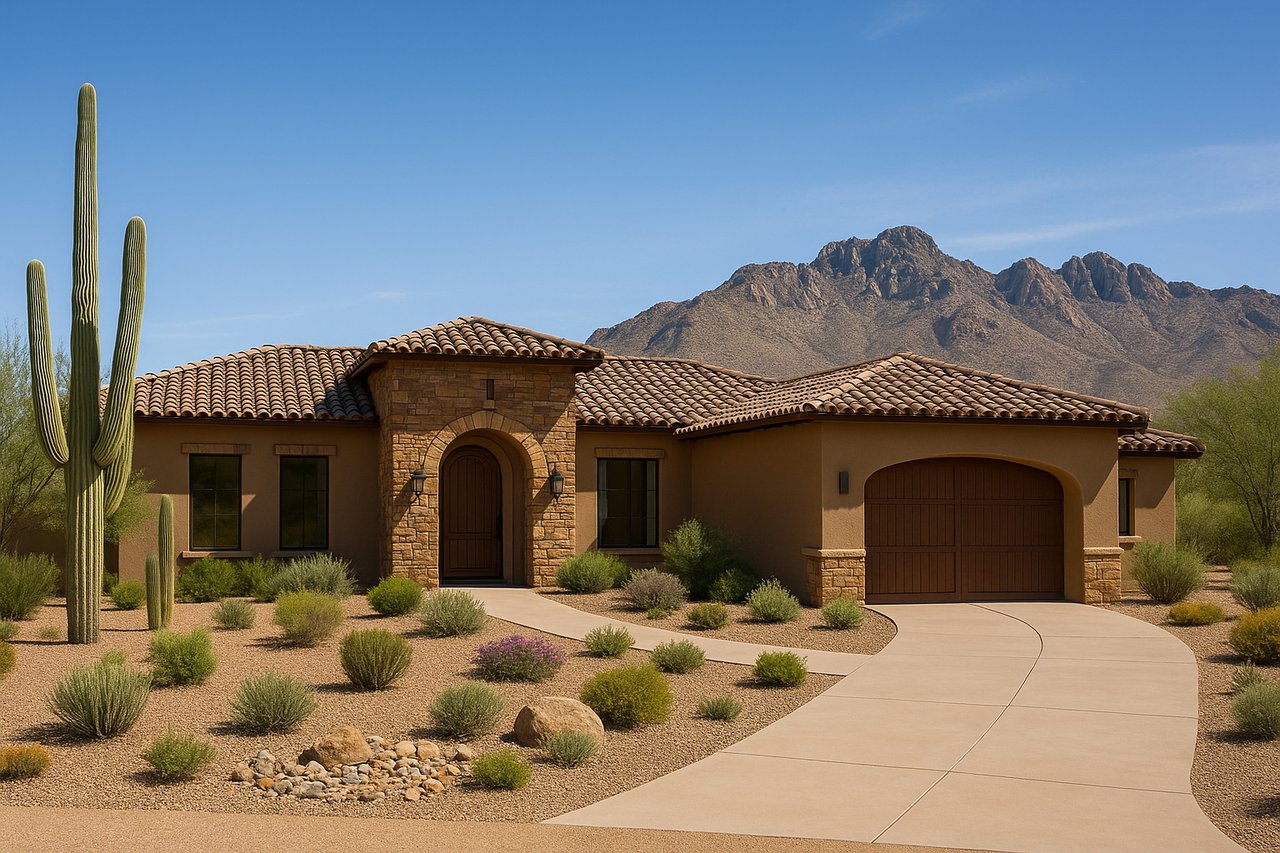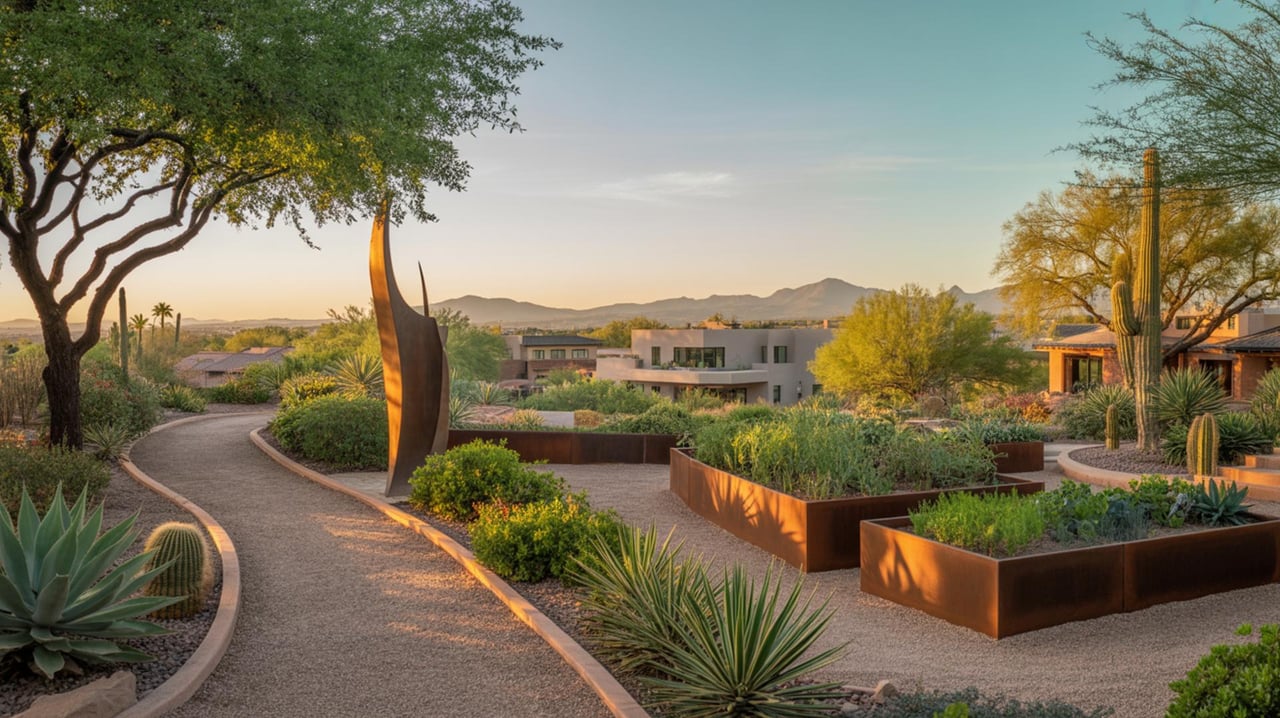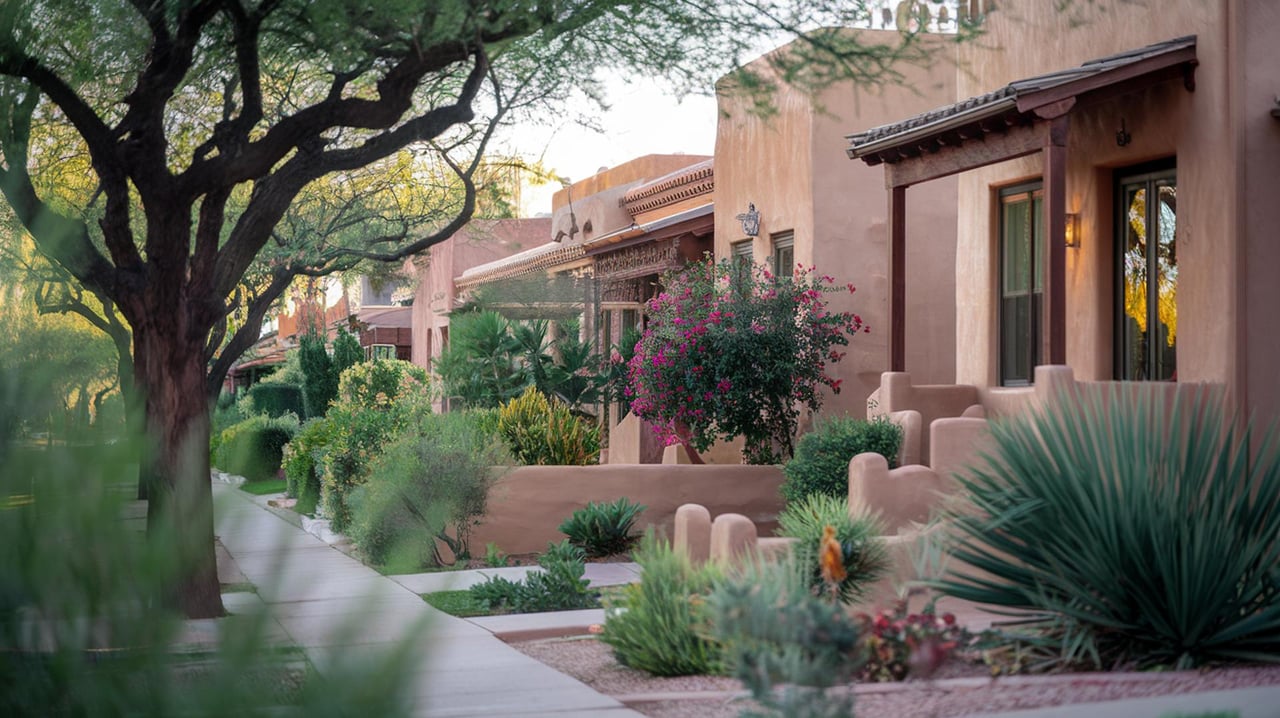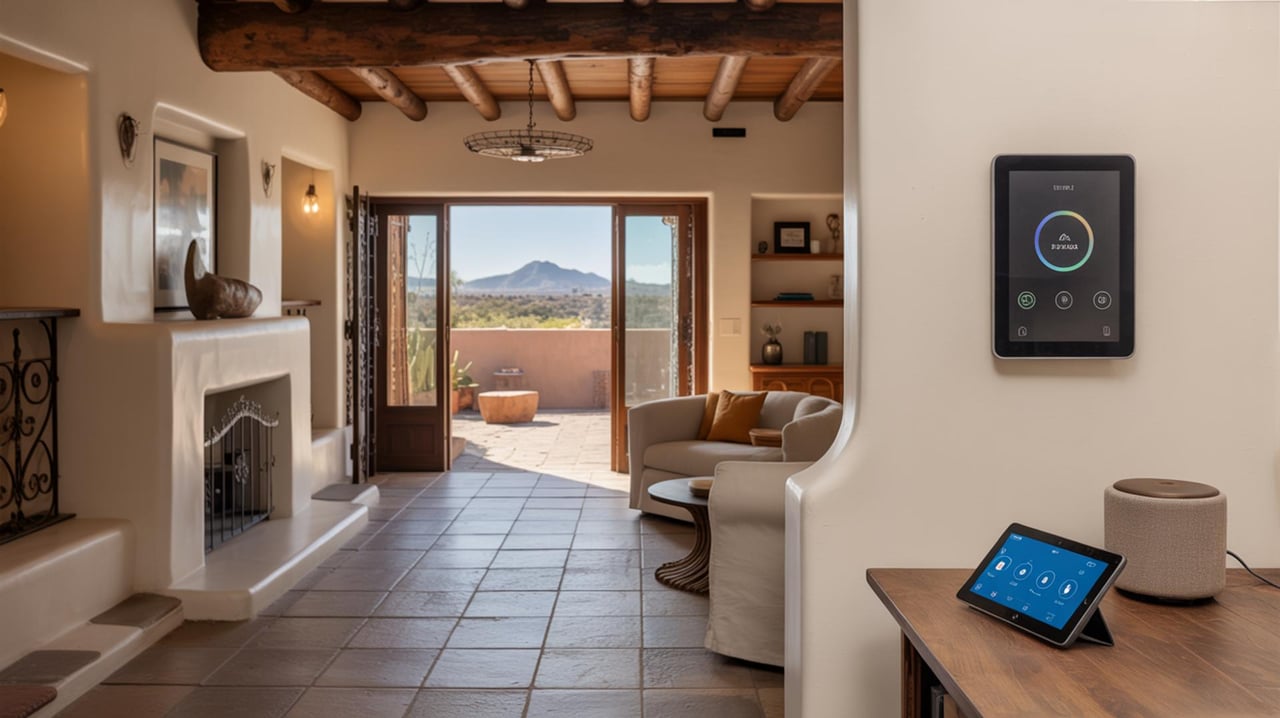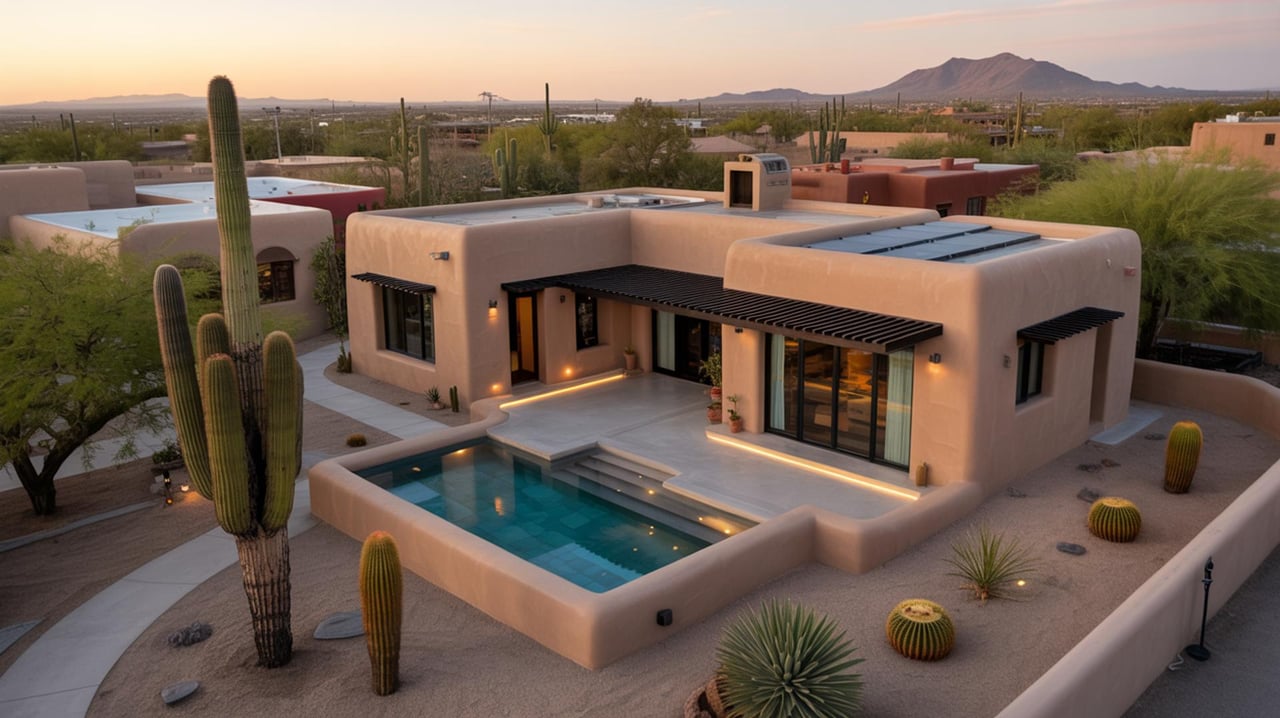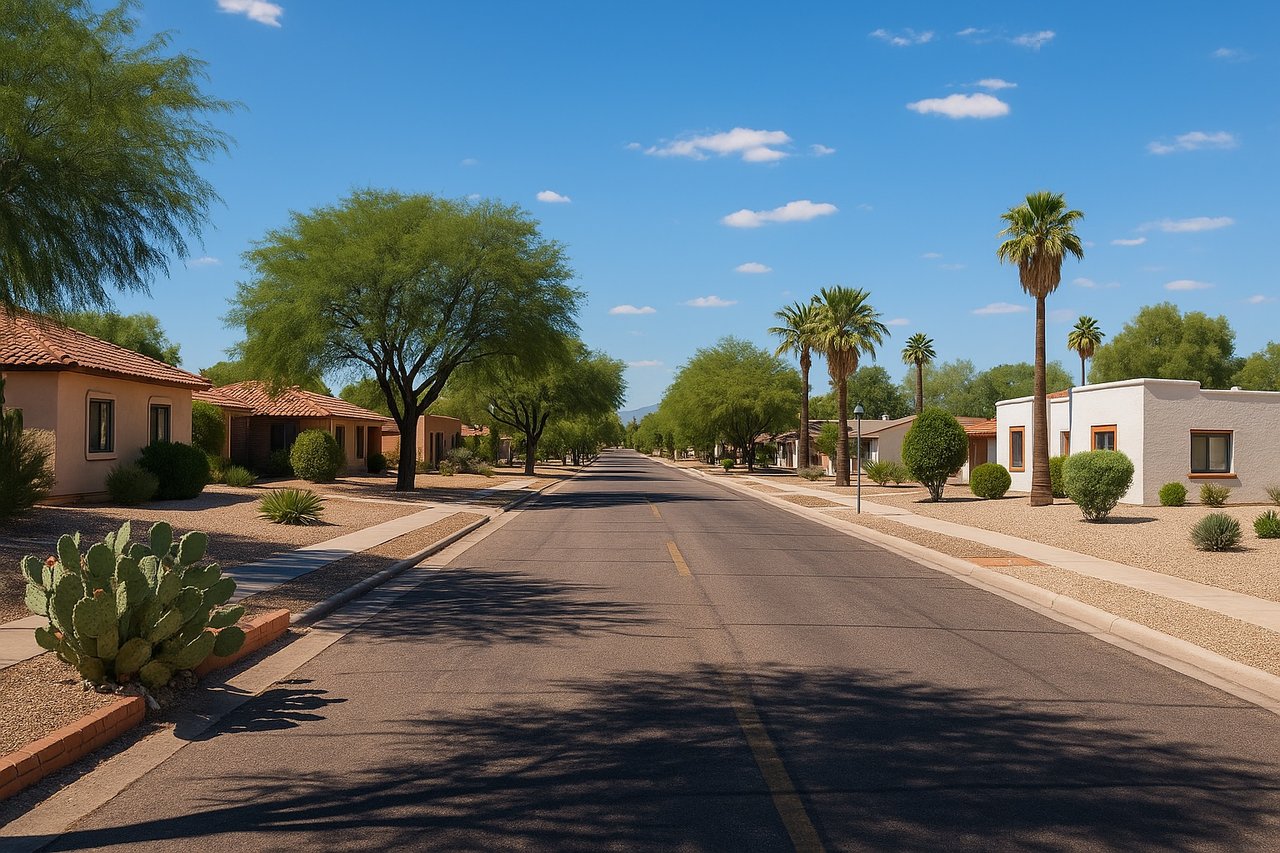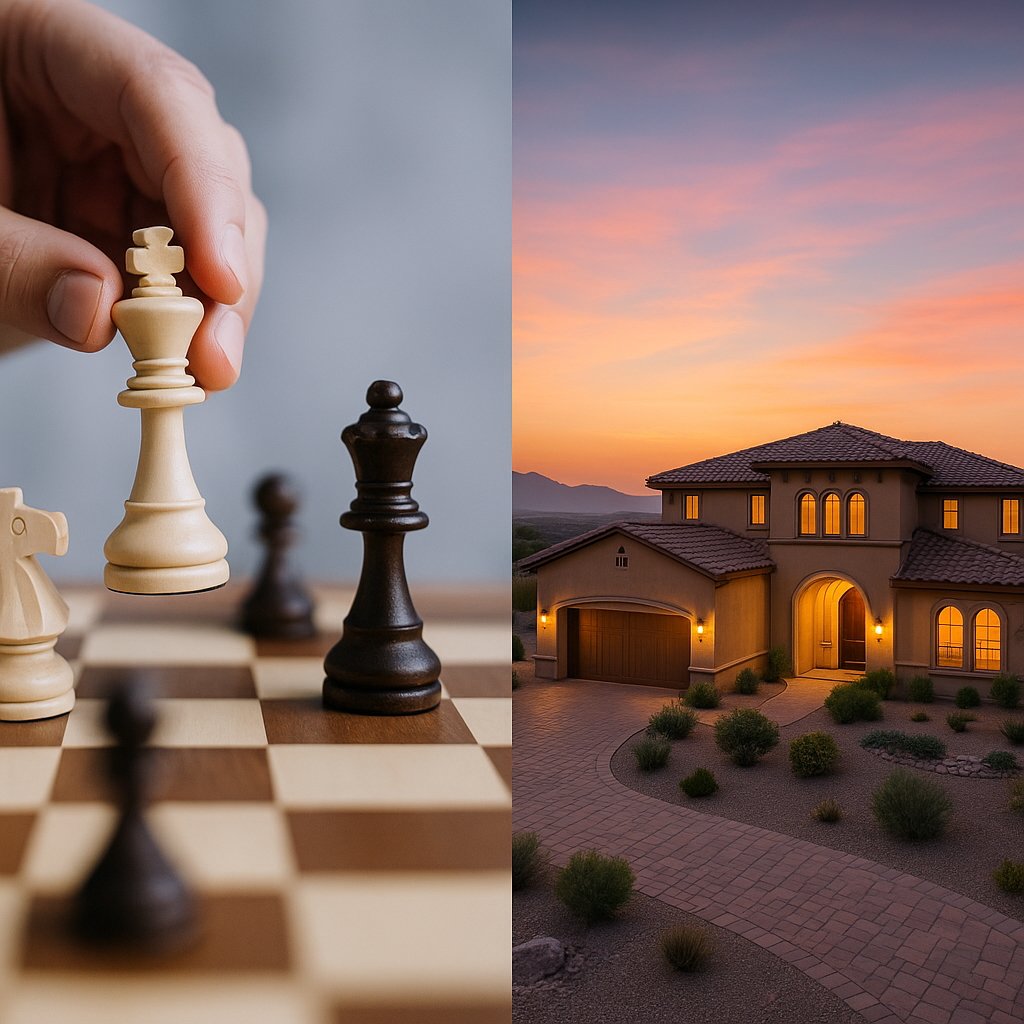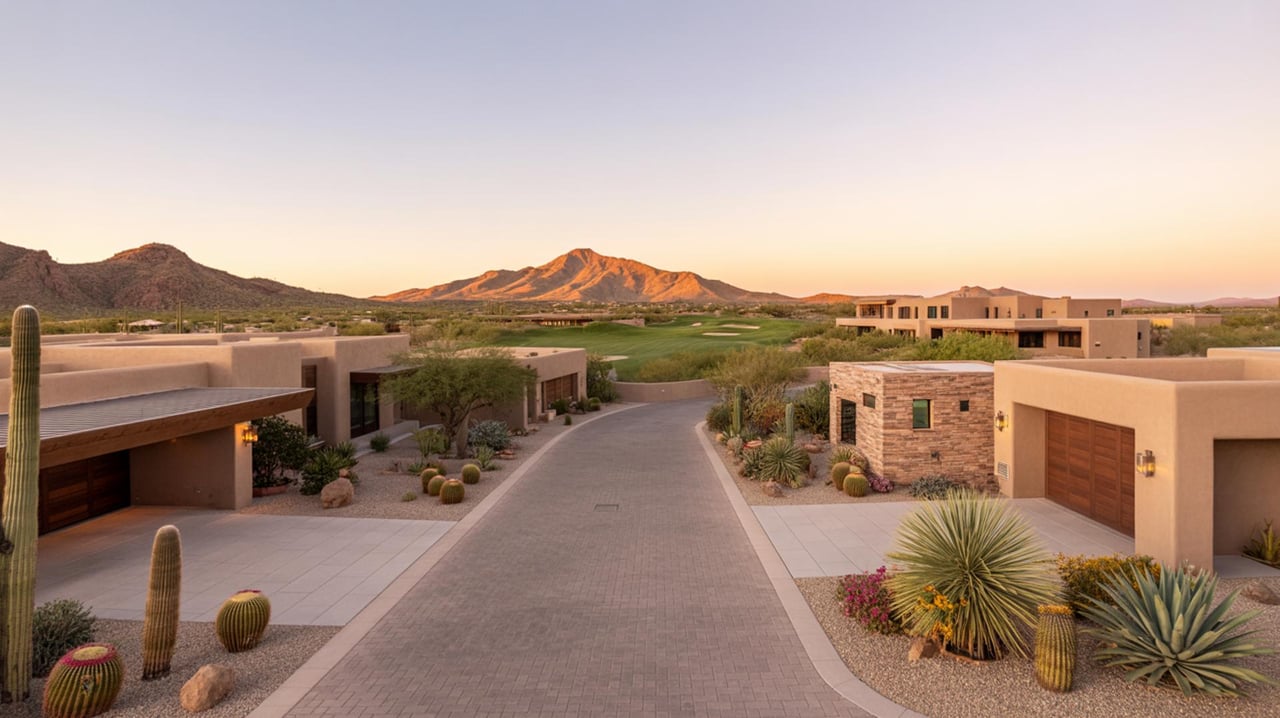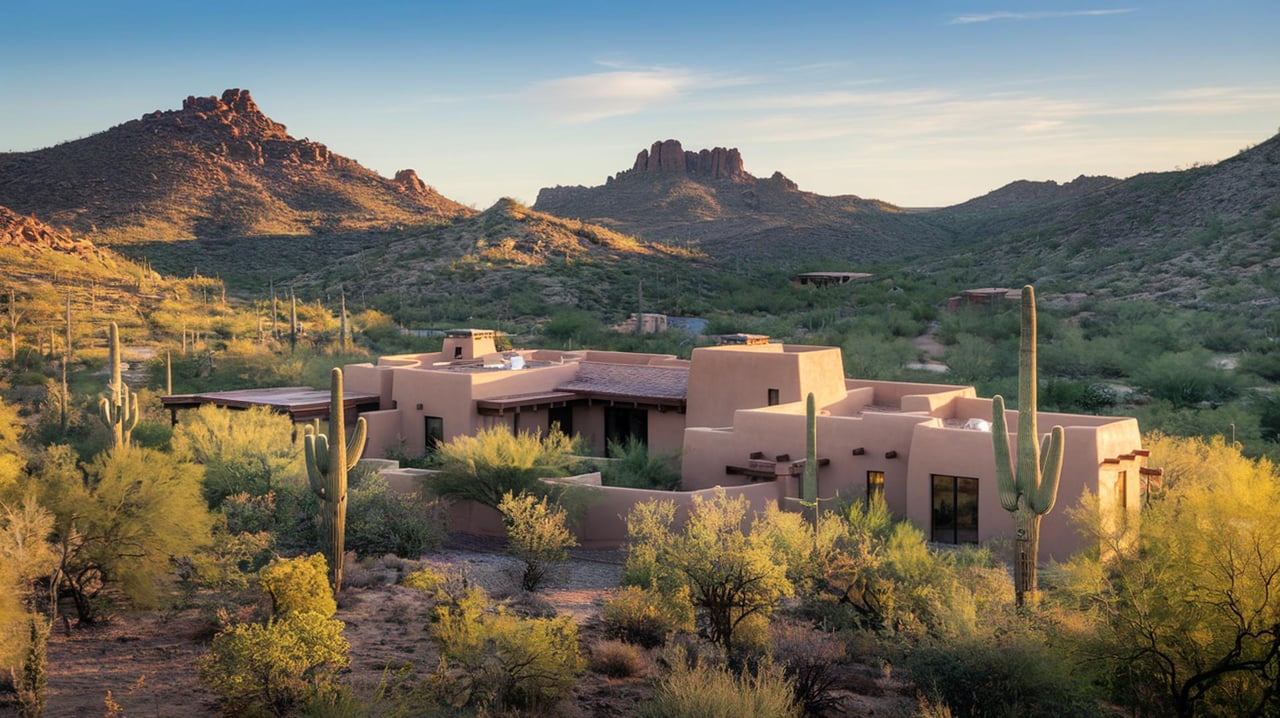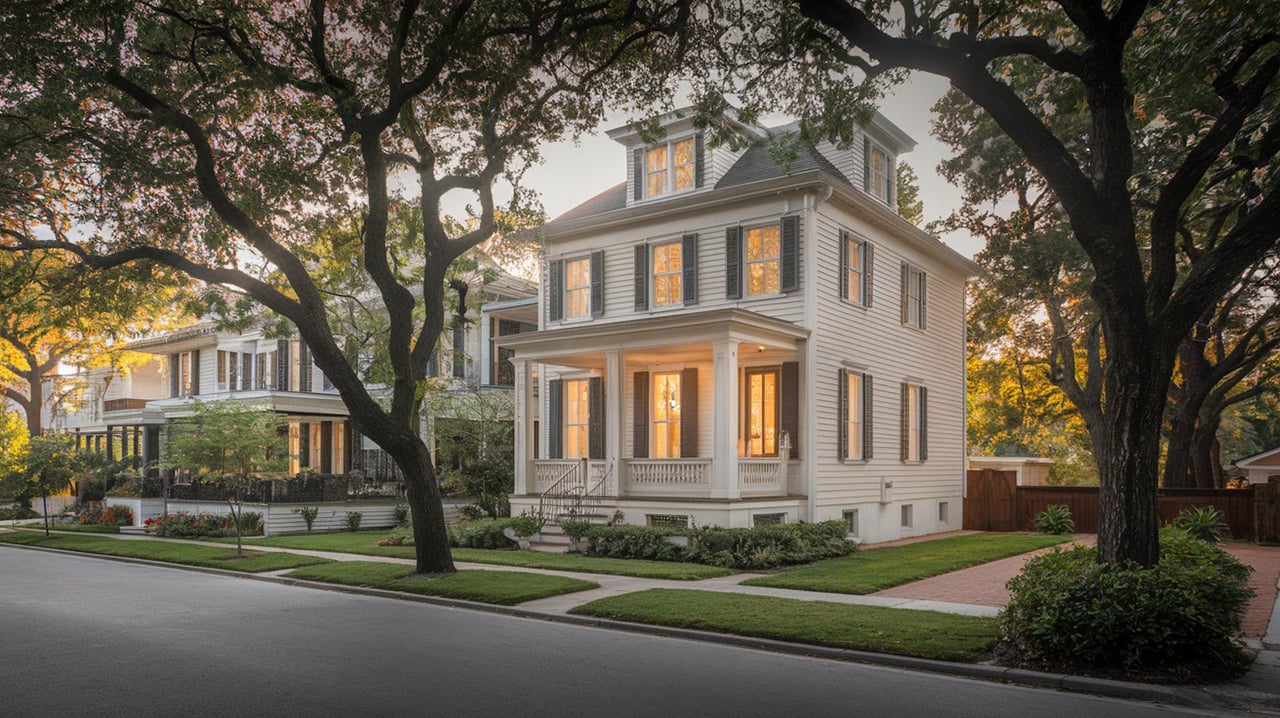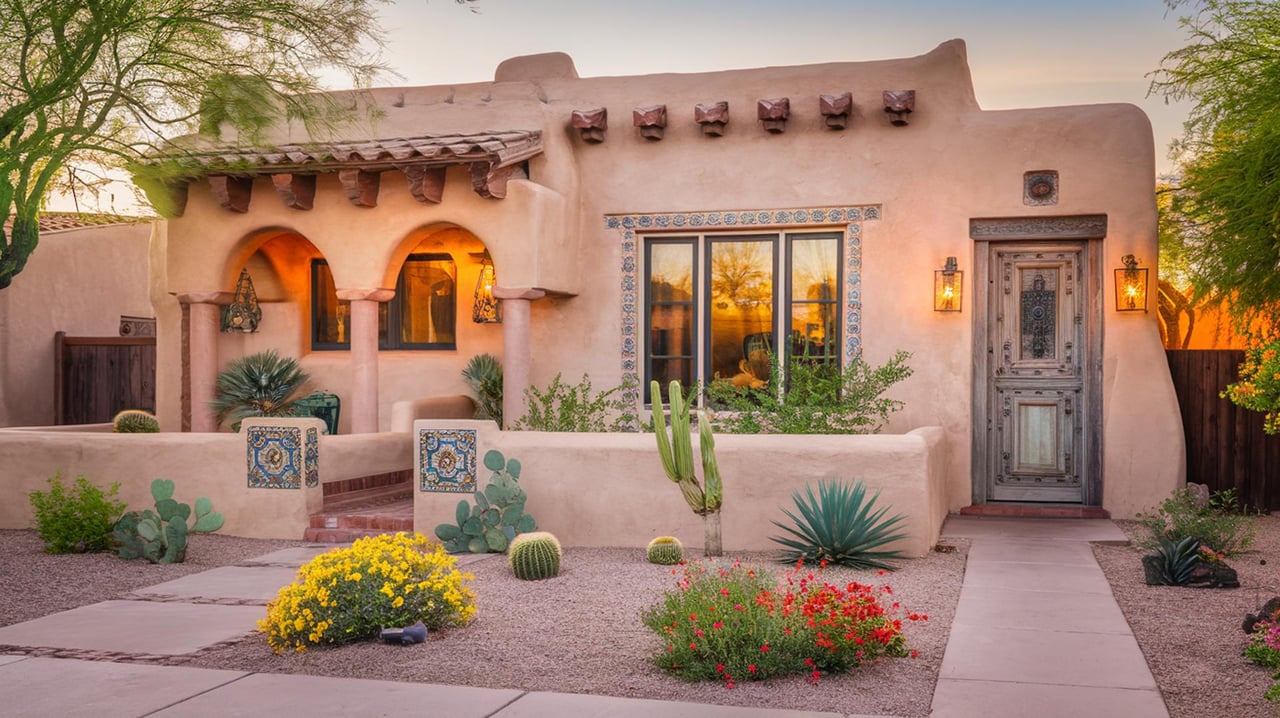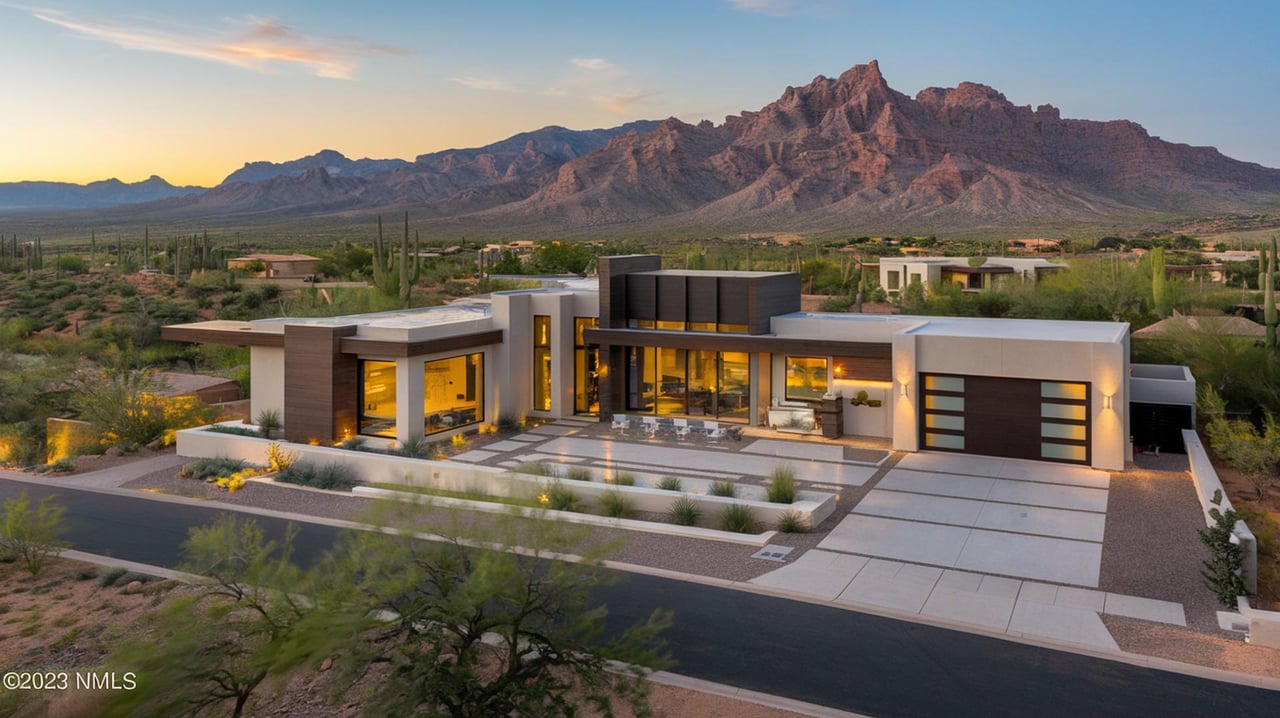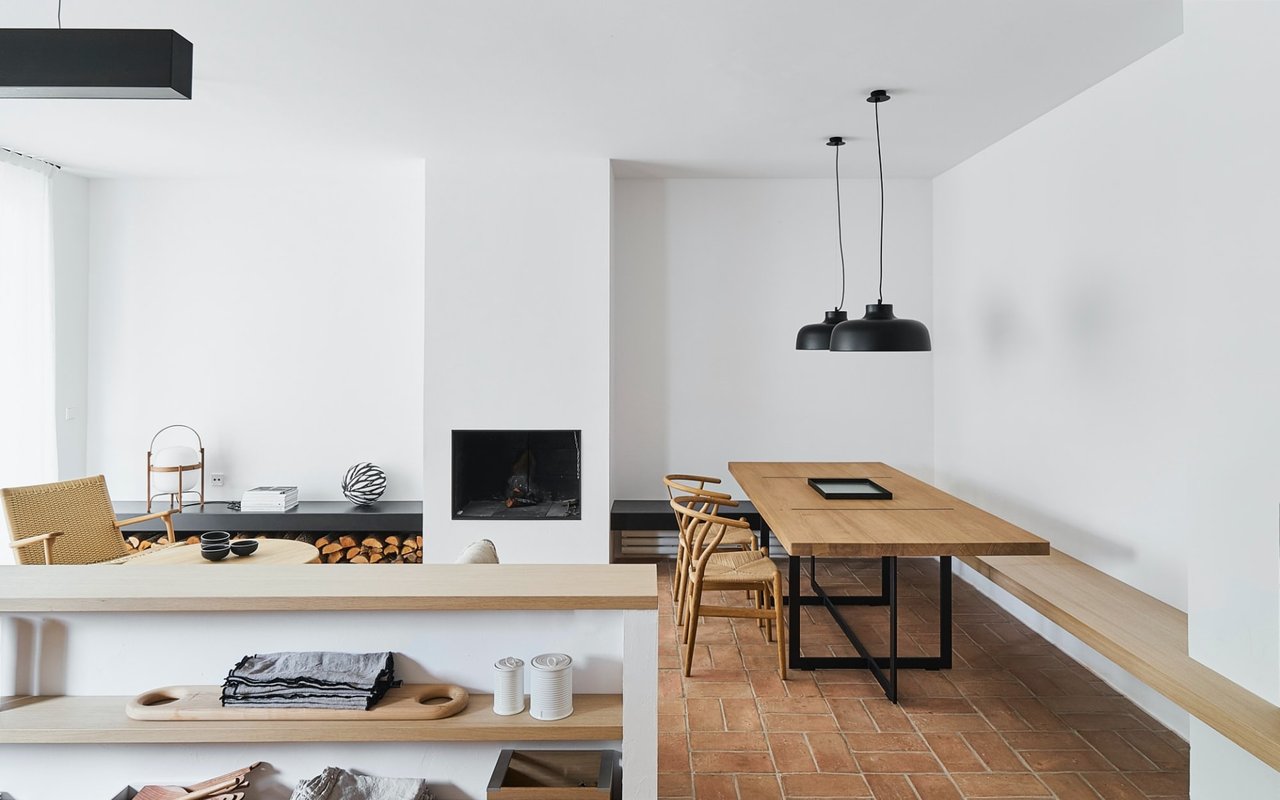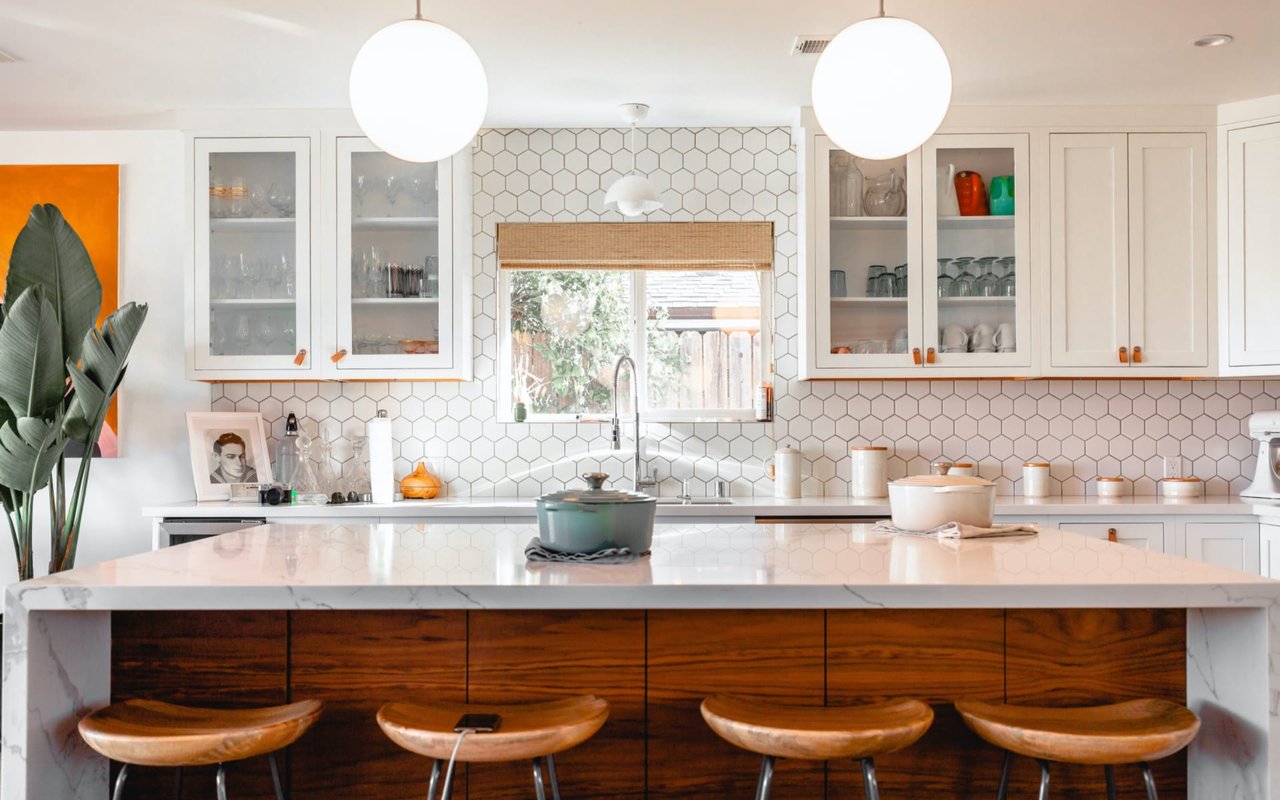Tucson is one of the most historic cities in the western United States, dating back to its founding as a Spanish military fort in 1775 and then the arrival of the Southern Pacific Railroad in 1880. Much of that history lives on today in downtown’s Presidio District, the site of the original fort.
Historic architecture isn’t limited to the old military and commercial buildings from the early days of Tucson. There are many diverse architectural styles in houses for sale in Central Tucson, ranging from pueblo to Spanish Colonial to modern ranch homes. These different styles help give Tucson a unique identity and add to the vibrancy of this growing city, which now has a population of more than 500,000 people.
The market for Tucson housing, including historic homes for sale in Central Tucson, remains hot as people begin to discover the wonderful quality of life in this desert oasis southeast of Phoenix. Many people have been moving to Tucson during the pandemic because they can find affordable homes with outdoor spaces. That popularity can be seen in the median price of Tucson homes, which is $296,046 — that’s a jump of 25.5% during the last year.
Tucson remains a seller’s market, meaning more buyers are looking for homes than there are properties available. The best chance at navigating the market for Central Tucson real estate is to hire a licensed agent who has several years of experience helping buyers find remarkable homes in Tucson. A talented agent will know how to find properties specific to your needs and help you fashion a competitive offer that will catch a seller's eye. Your agent also will be well-versed in the historic home styles in downtown Tucson.
Pueblo Revival
Pueblo Revival is one of the most popular historical architectural styles you’ll find in Central Tucson real estate, and it’s the one that really gives this city its identity. Pueblo Revival style, which you can find throughout the Southwest, traces its roots to the pueblos, or settlements, of early native tribes on both sides of the border and influences from Spanish missionaries. This style plays well against the desert landscape.
Pueblo Revival is easily recognizable due to its thick stucco walls painted in warm desert earth tones, rounded corners, and parapets with flat roofs. Some interpretations of the Pueblo Revival have square corners, but the style is still distinctive.
Other unique features of the Pueblo Revival are large, wooden ceiling beams that give the interior a particular aesthetic, heavy wooden doors, and pleasant courtyards where residents can relax. The style was trendy in the first half of the 1900s, and modern interpretations of this style use concrete or bricks in the construction.
Spanish Colonial
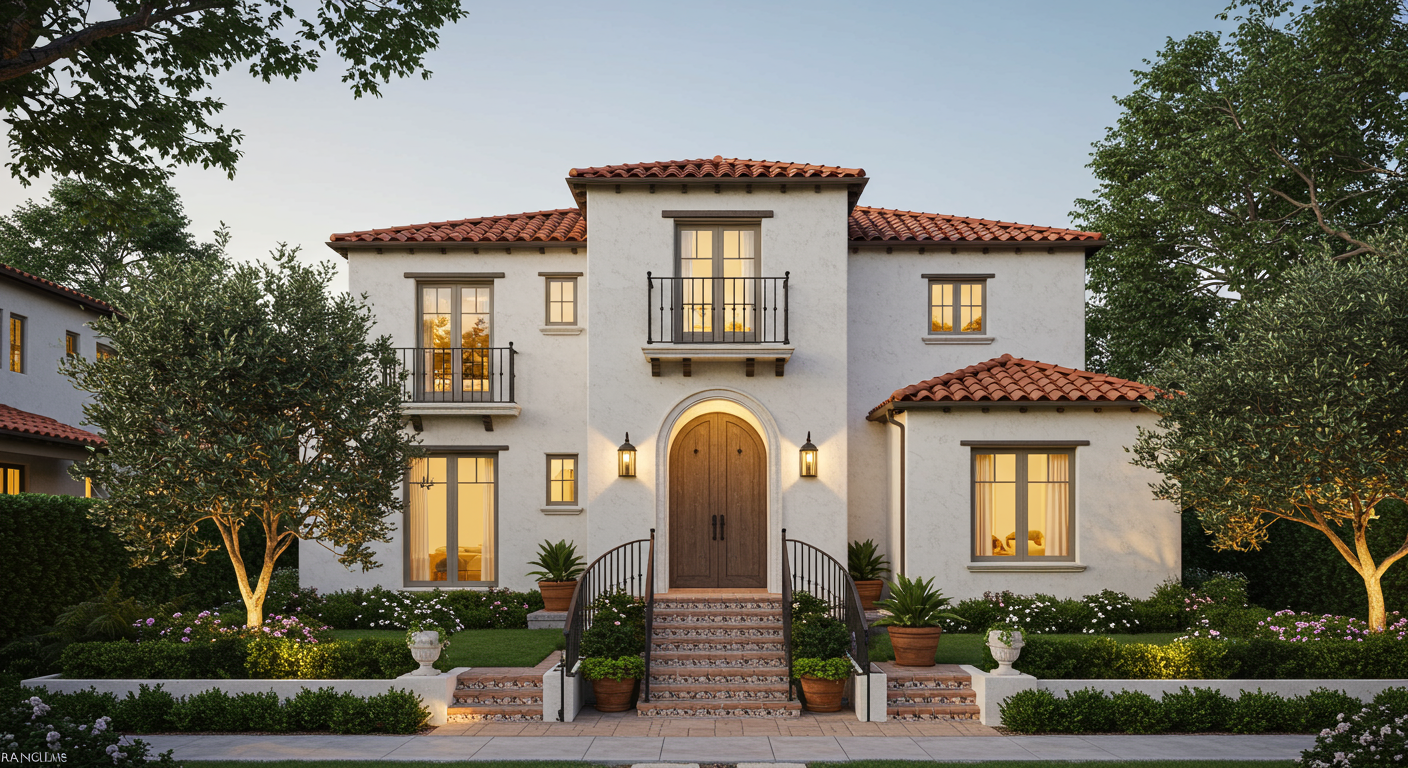
The Spanish Colonial architectural style is another strong nod to the city’s rich history. Spanish Colonial homes were inspired by the style popularized under Spanish rule, which was a blend of styles from Spain. The common elements of this style are stucco walls, terracotta roof tiles, rounded entryways, and the use of wrought iron on balconies.
Although many Spanish Colonial houses for sale in Central Tucson are single-story homes that evoke the look of ranch homes, some are attractive two-story homes with an elegant look. Many Spanish Colonial homes were built in Central Tucson in the first half of the last century and remain extremely popular.
Sonoran
Another early style that can still be seen in Central Tucson real estate today and is unique to the area is the Sonoran style, which dates to the mid-to-late 1800s. The Sonoran style is noted for its rectangular or square shape and was commonly built in the early barrios, or neighborhoods. Sonoran homes have a simple look and eventually evolved to mimic the style of row homes. These homes were made of adobe blocks and had high ceilings. They also made use of wood ceiling beams and wood doors. In addition to the original Sonoran homes, there are many modern versions of the style in Tucson.
Transformed Sonoran
White settlers who came to Tucson after the railroad's arrival added an Anglo influence to the Sonoran style, giving rise to the Transformed Sonoran style. While they largely retain the look of the Sonoran style, Transformed Sonoran homes were built with more refined materials such as finished lumber and brick and had pyramid-shaped or gabled roofs that made them stand out.
Territorial Revival
Another style that helps give Central Tucson real estate its unique look is Territorial Revival. Like Transformed Sonoran, the Territorial Revival movement was careful to retain traditional influences while mixing in updated designs and materials. For instance, the houses were still made of adobe walls but featured the updated look of gabled and pitched roofs. Territorial Style was popular in the early decades of the 1900s, and several examples are still visible around town.
Mediterranean Revival
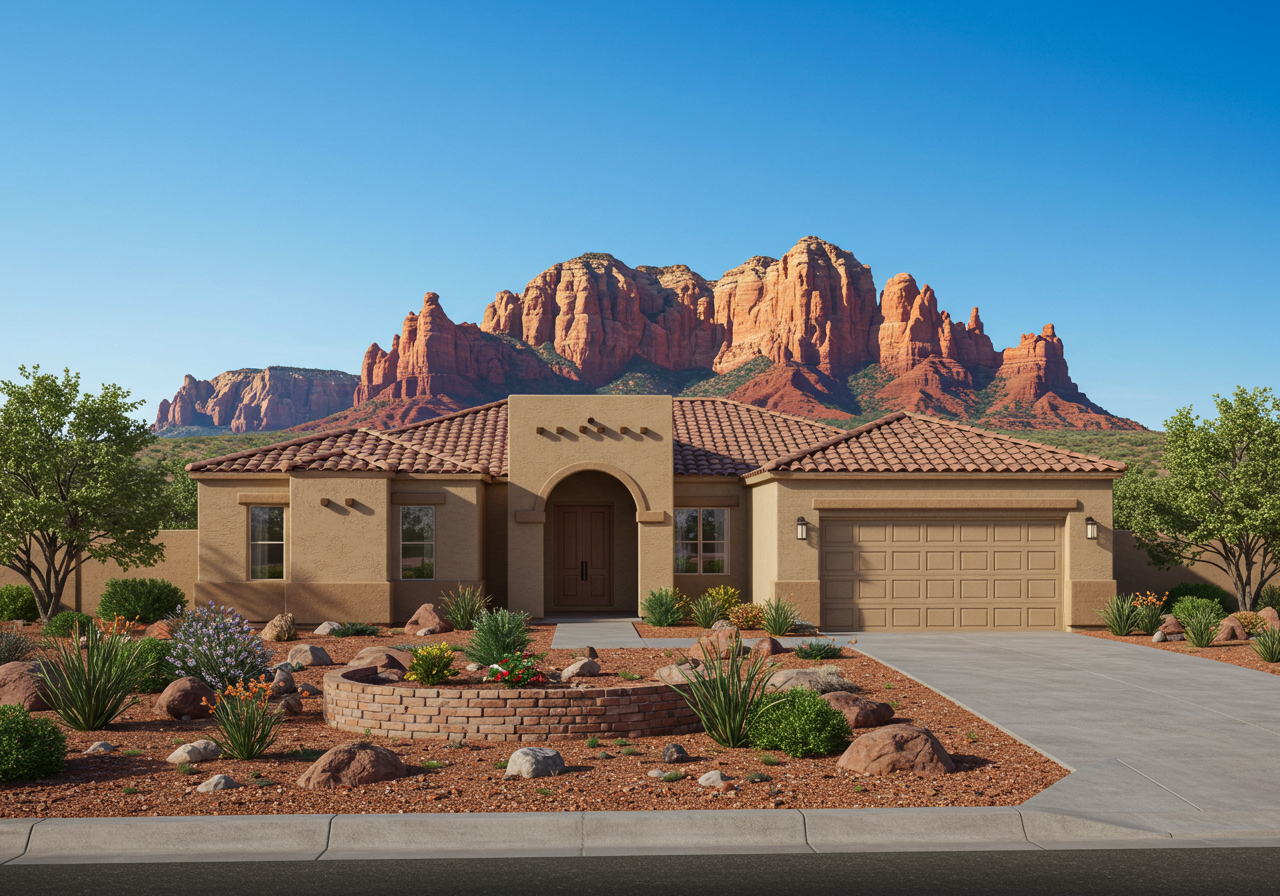
Another style that was popular in the early 1900s was the Mediterranean Revival. While some of these original homes remain in Central Tucson, it is a popular style used in new construction around town. Mediterranean Revival homes are usually two stories with stucco walls and stylish terra cotta tile roofs. Mediterranean Revival homes stand out with their oversized entryways.
Craftsman bungalow
Although not unique to the area, the addition of Craftsman bungalow homes in the early 1900s contributed to Tucson’s housing diversity. This style was popular in many American cities and remains beloved for its simplicity in design and style and its solid nature. Craftsman Bungalows remain an integral part of the Central Tucson real estate scene.
These are the major architectural styles you’ll find in Central Tucson. If you plan to shop for historical homes for sale in Central Tucson in 2022, contact me, Daniel Sotelo at (520) 727-9000 for unparalleled service today!
